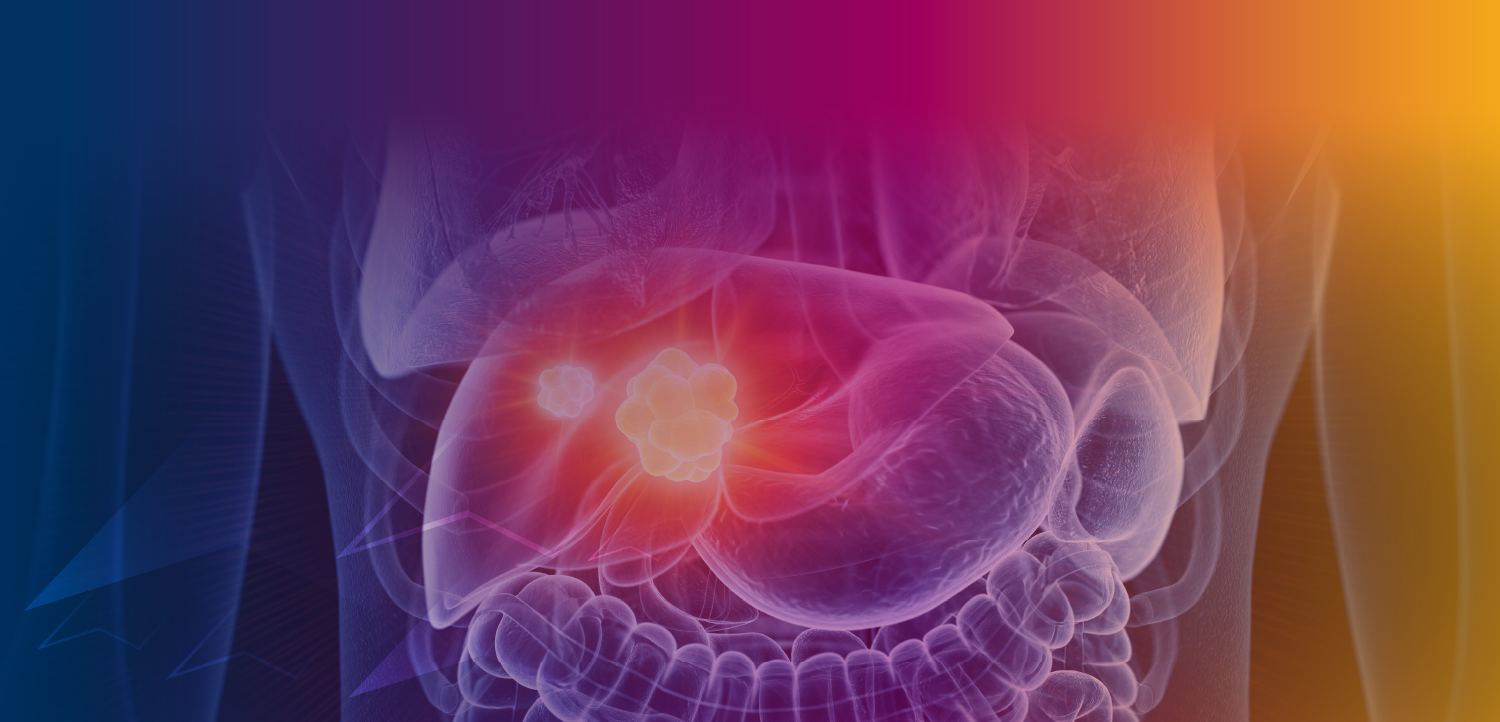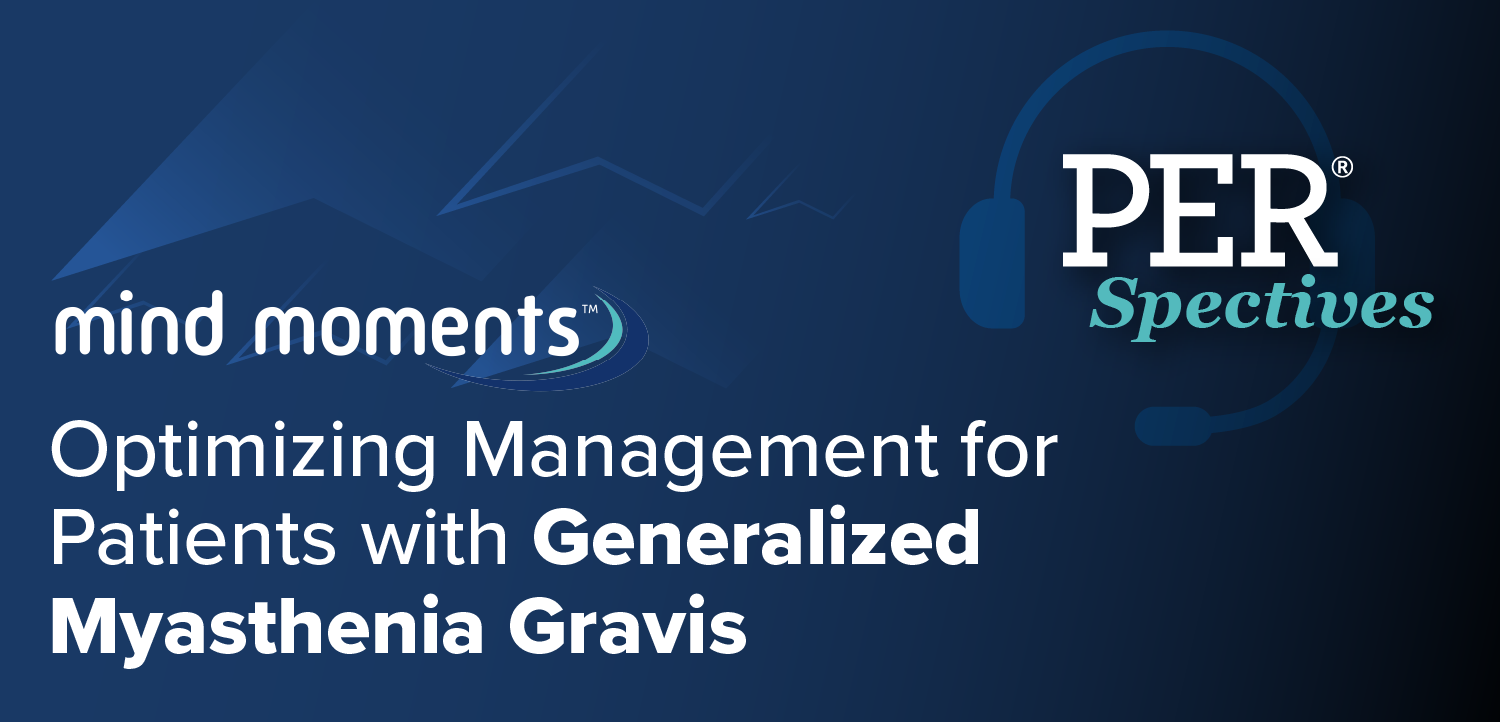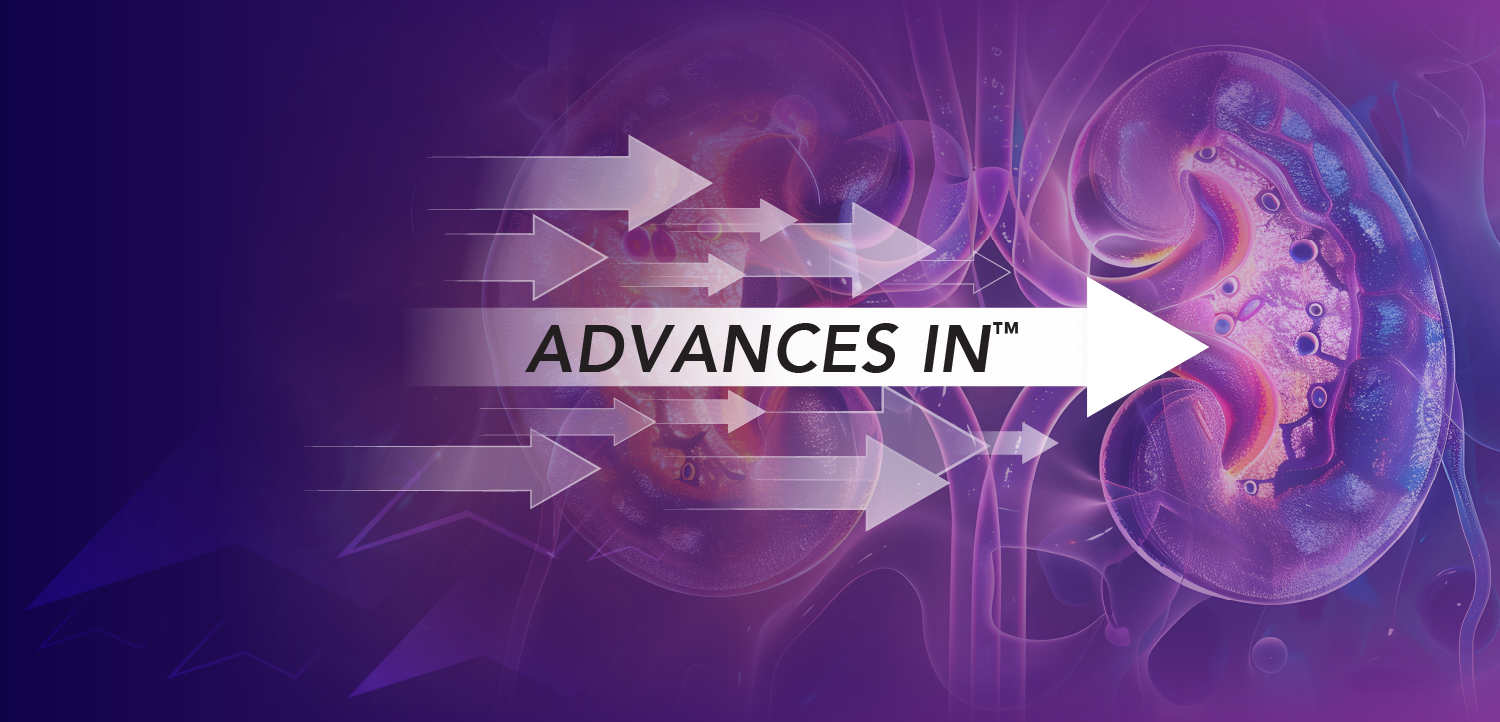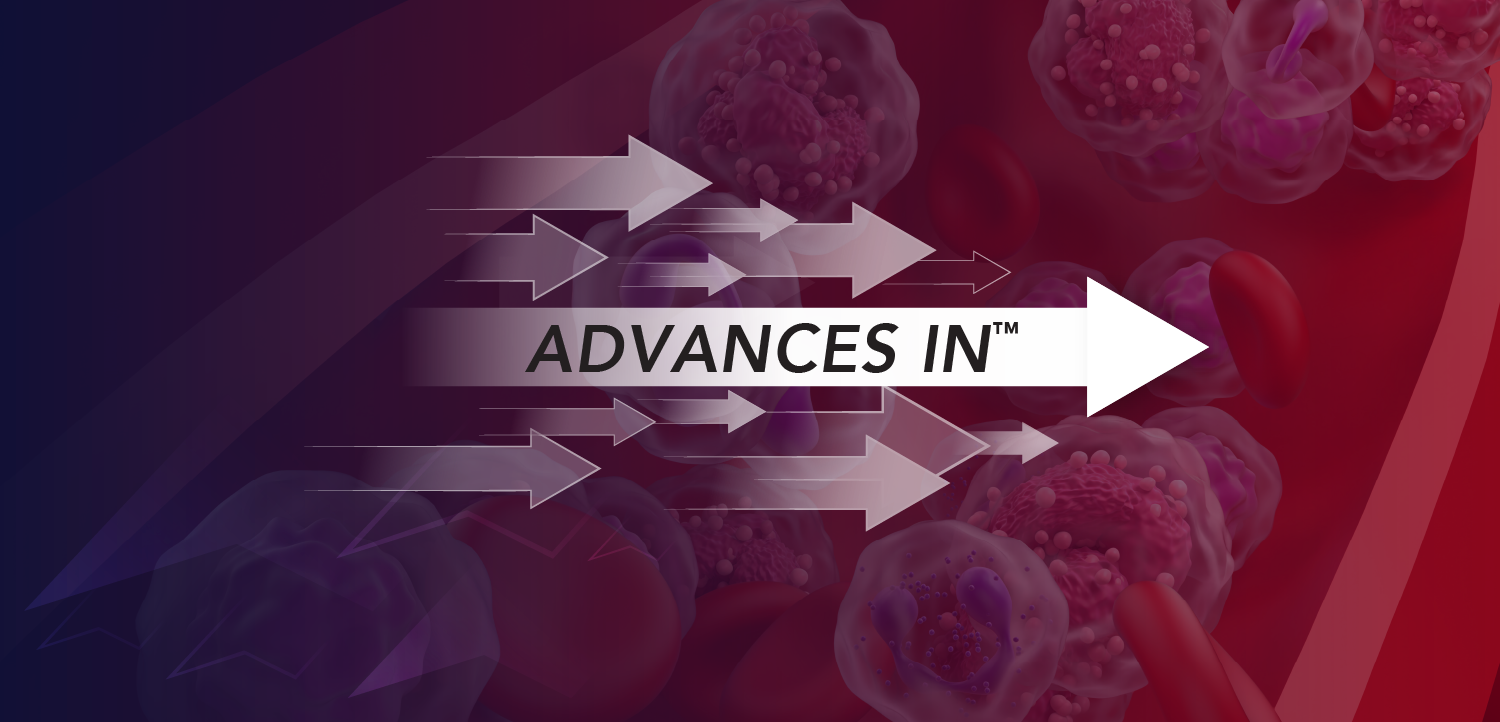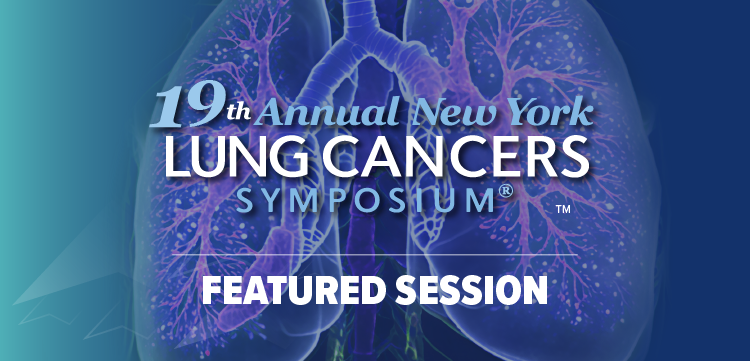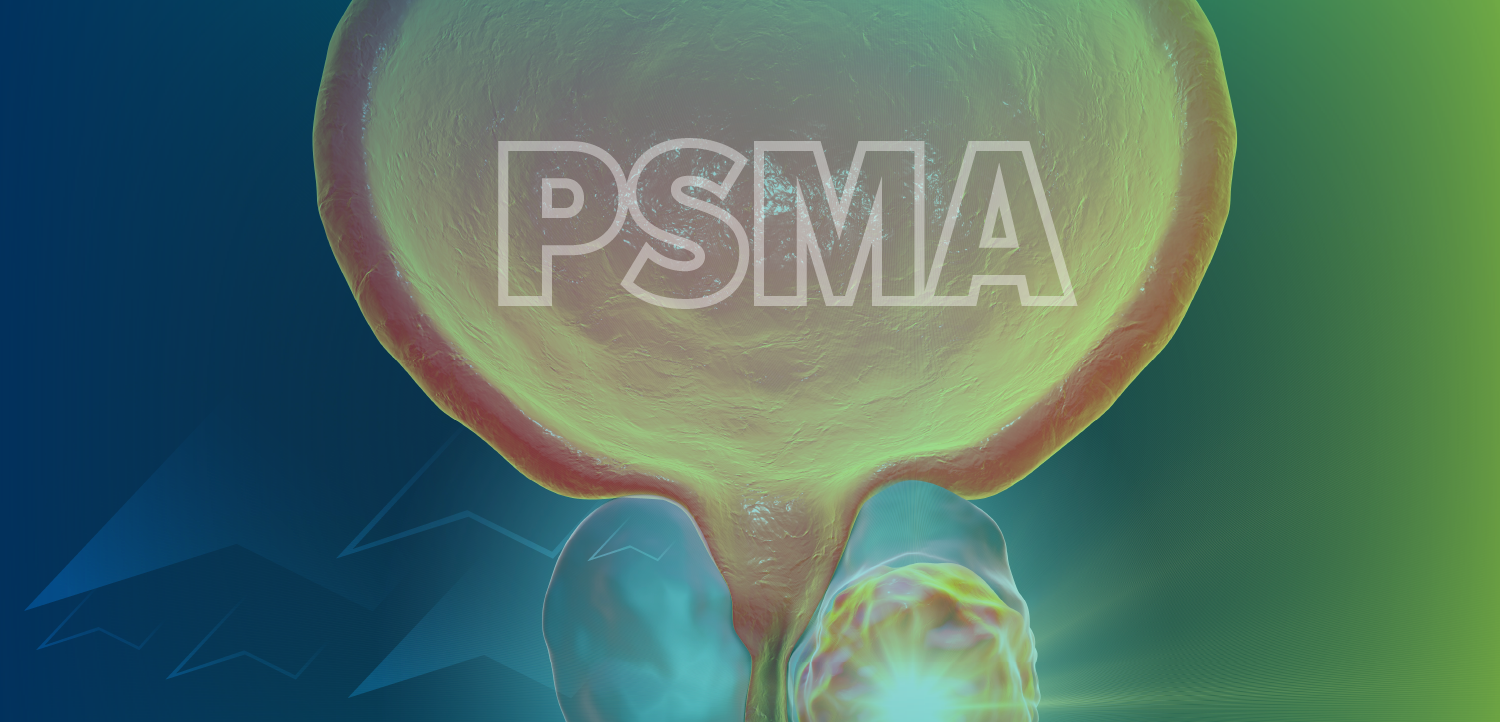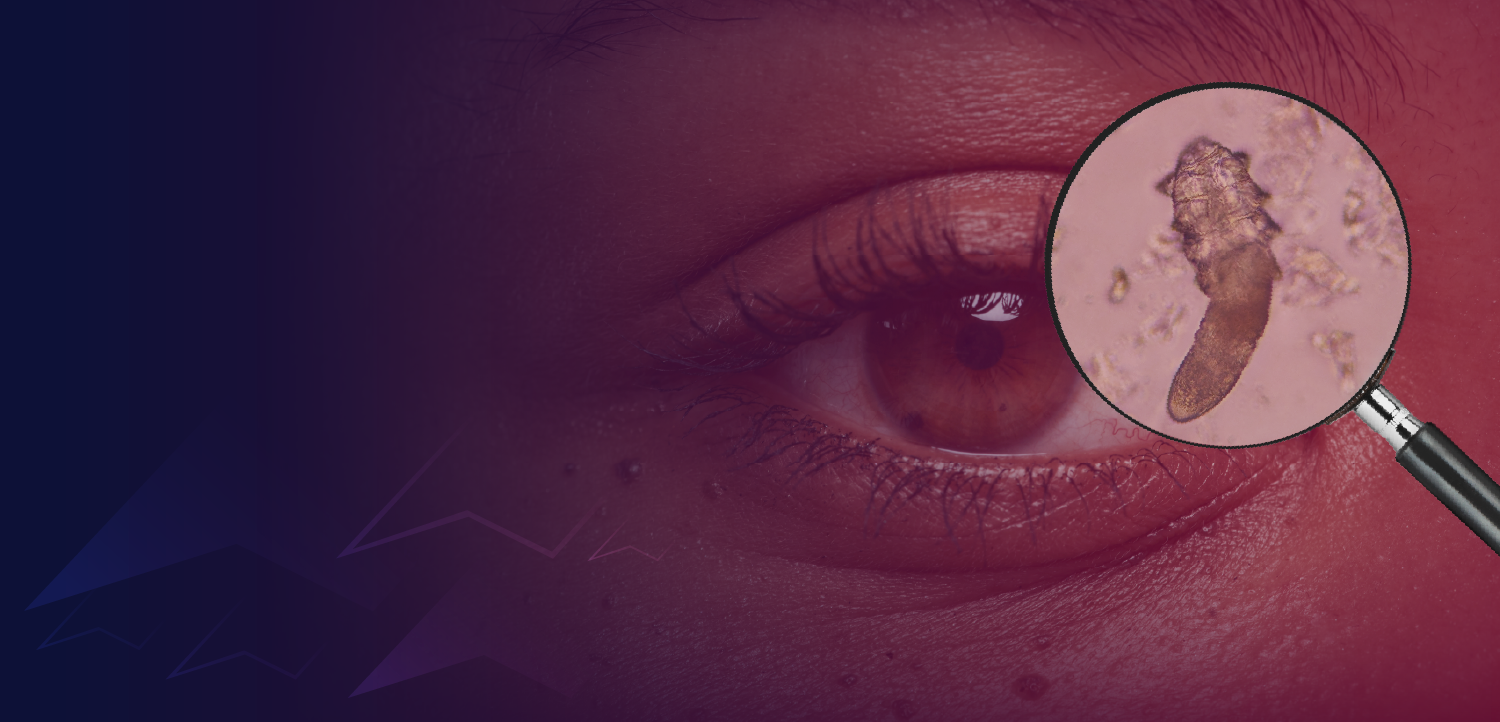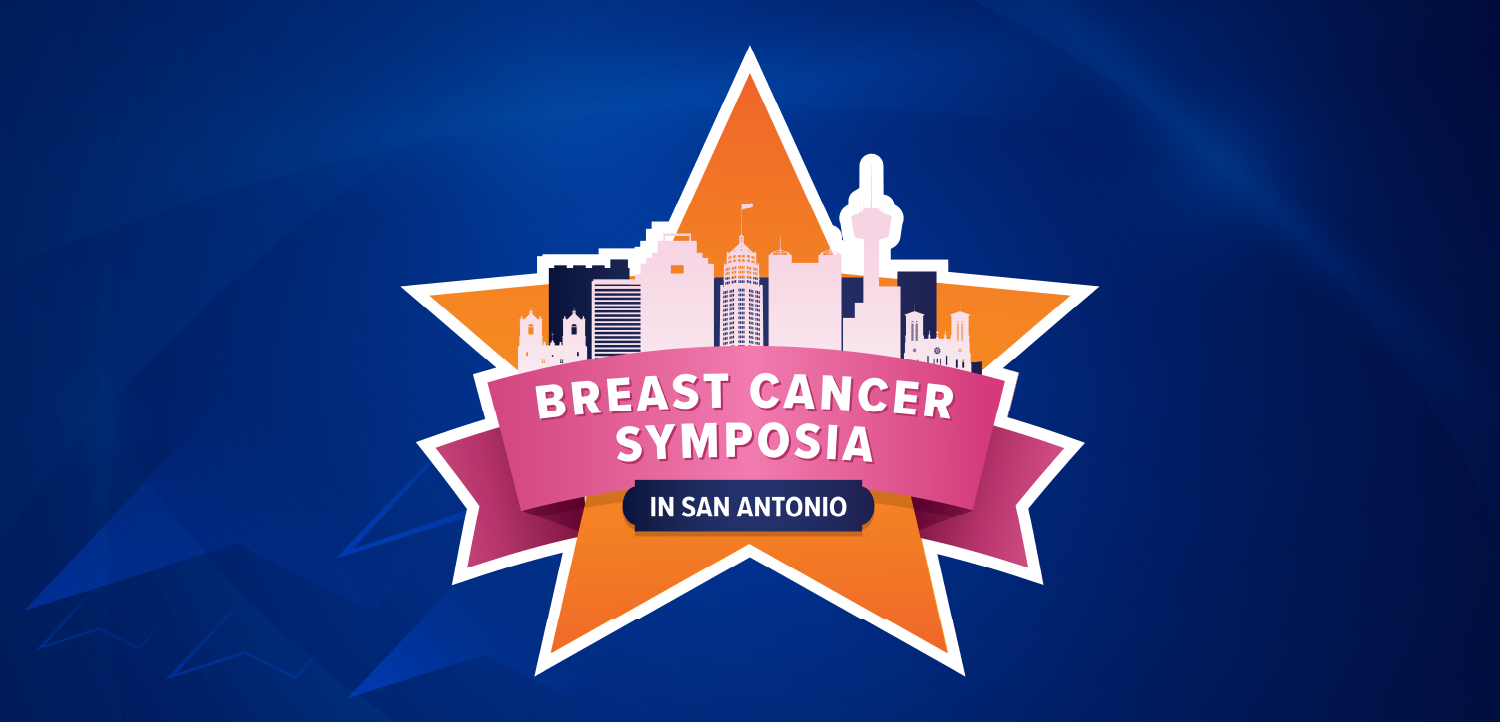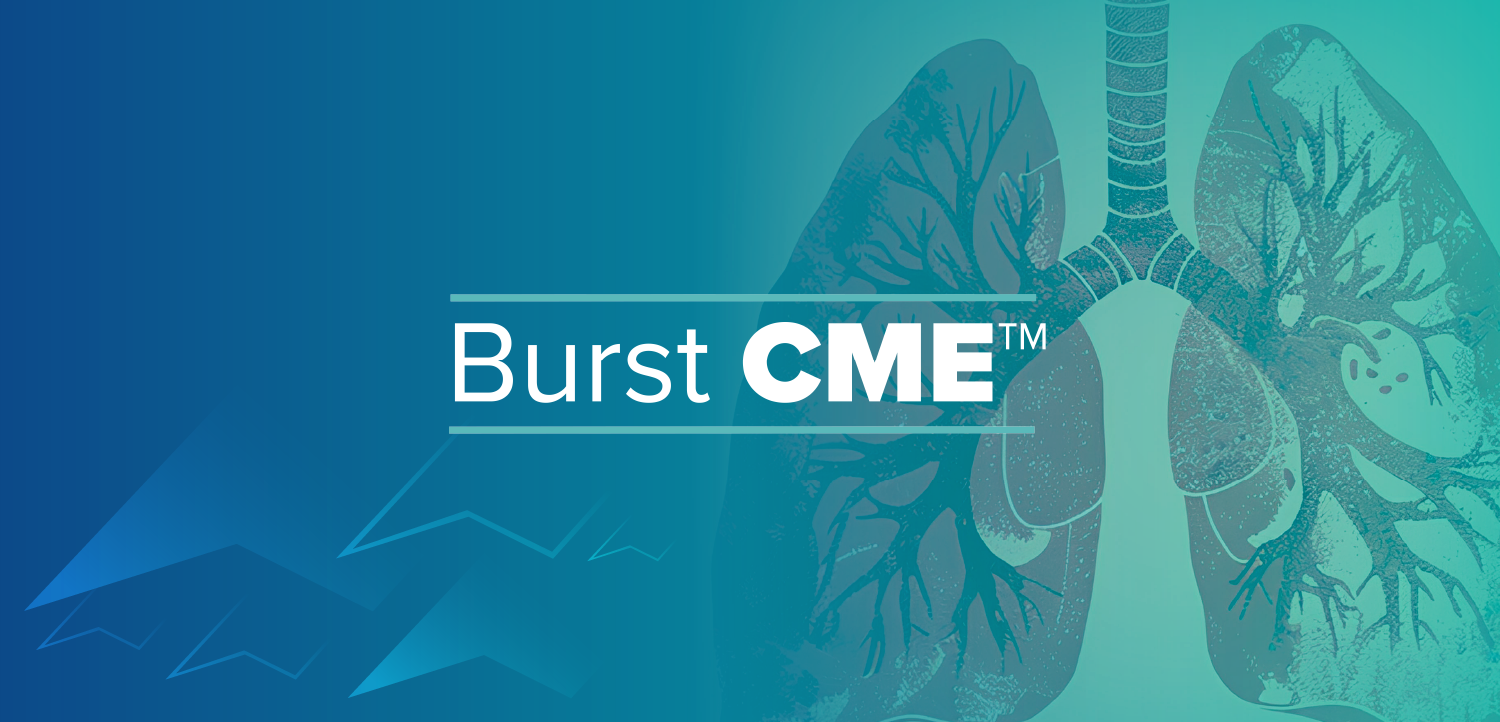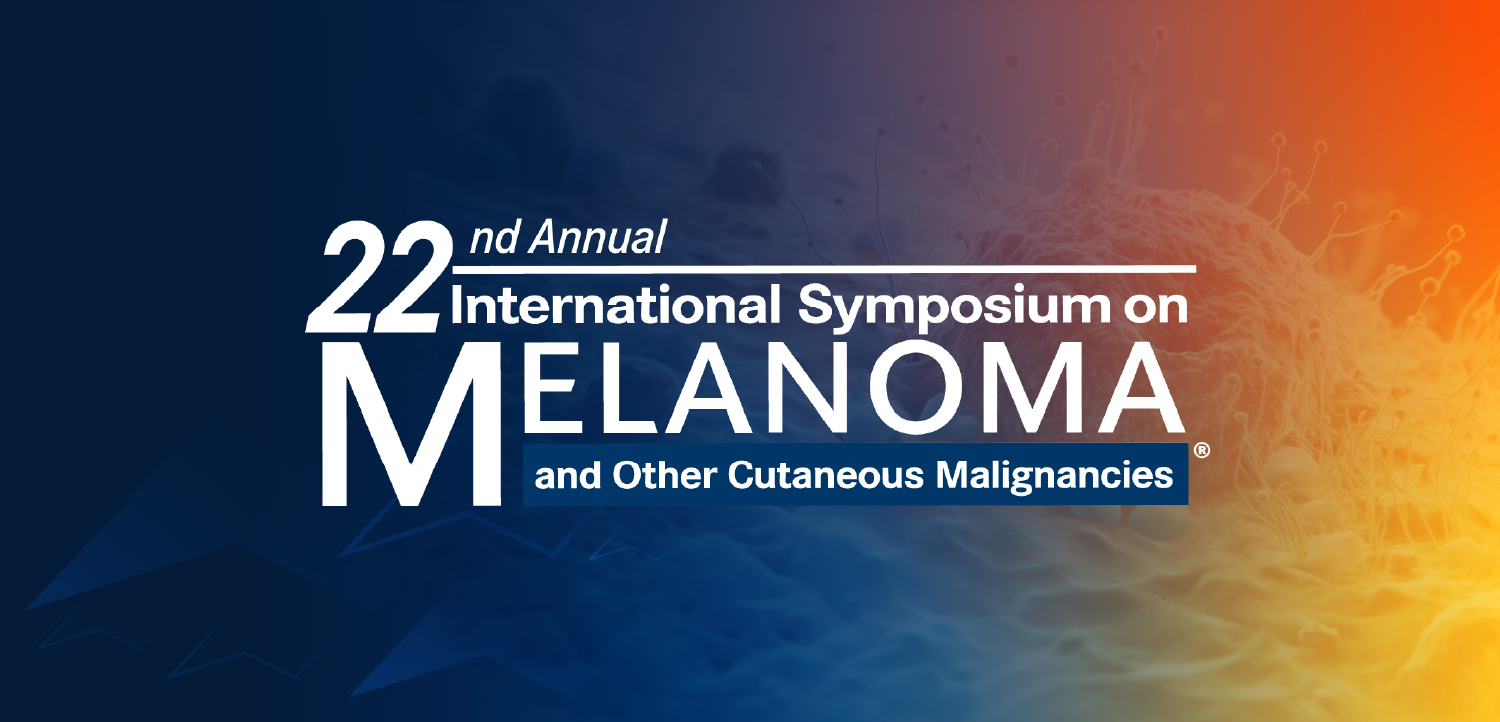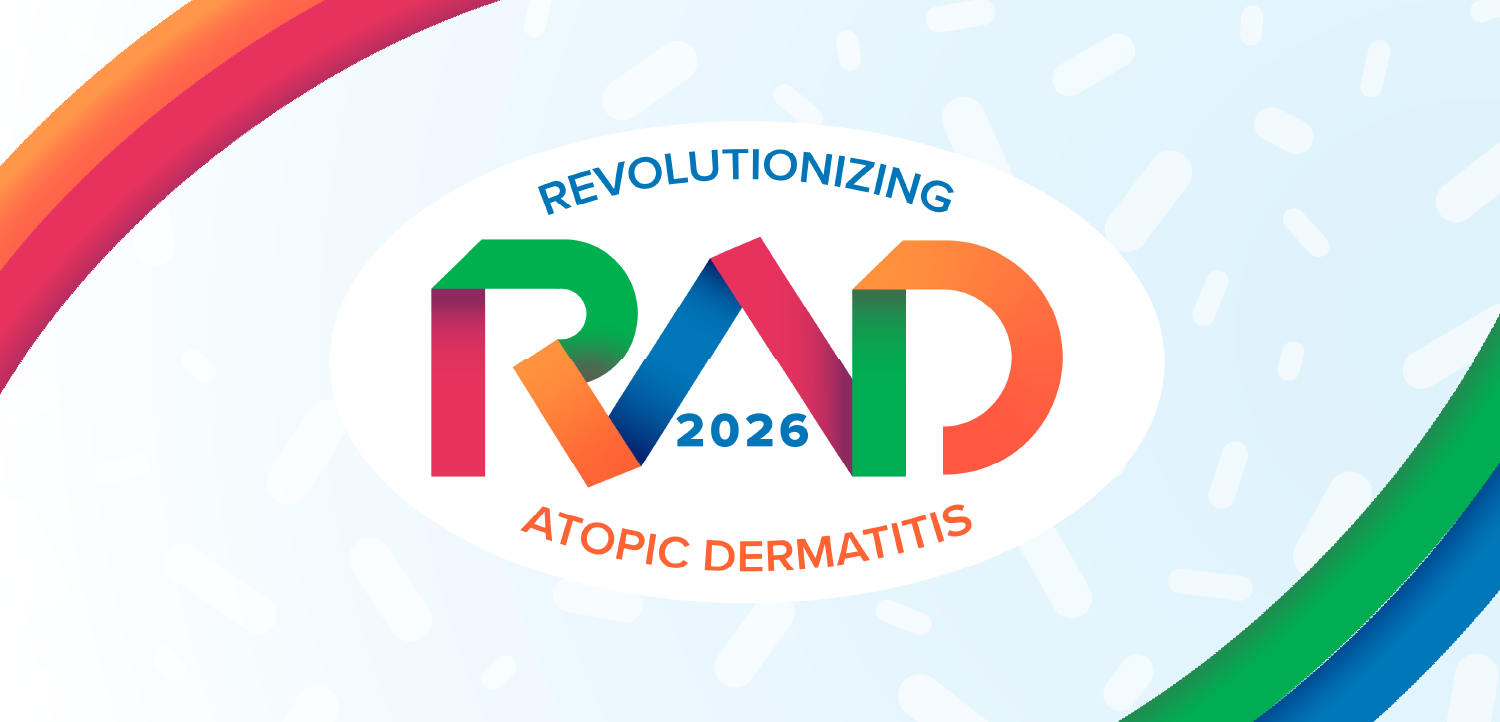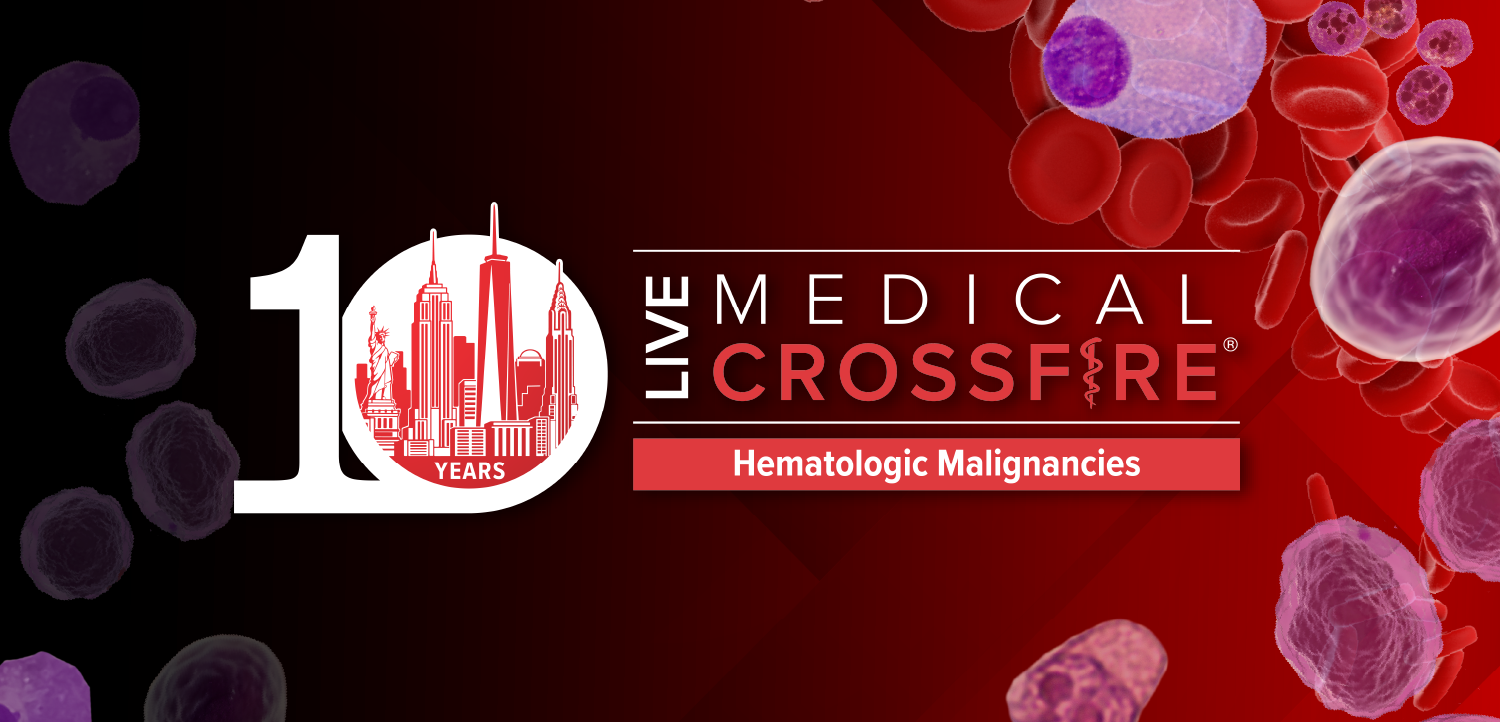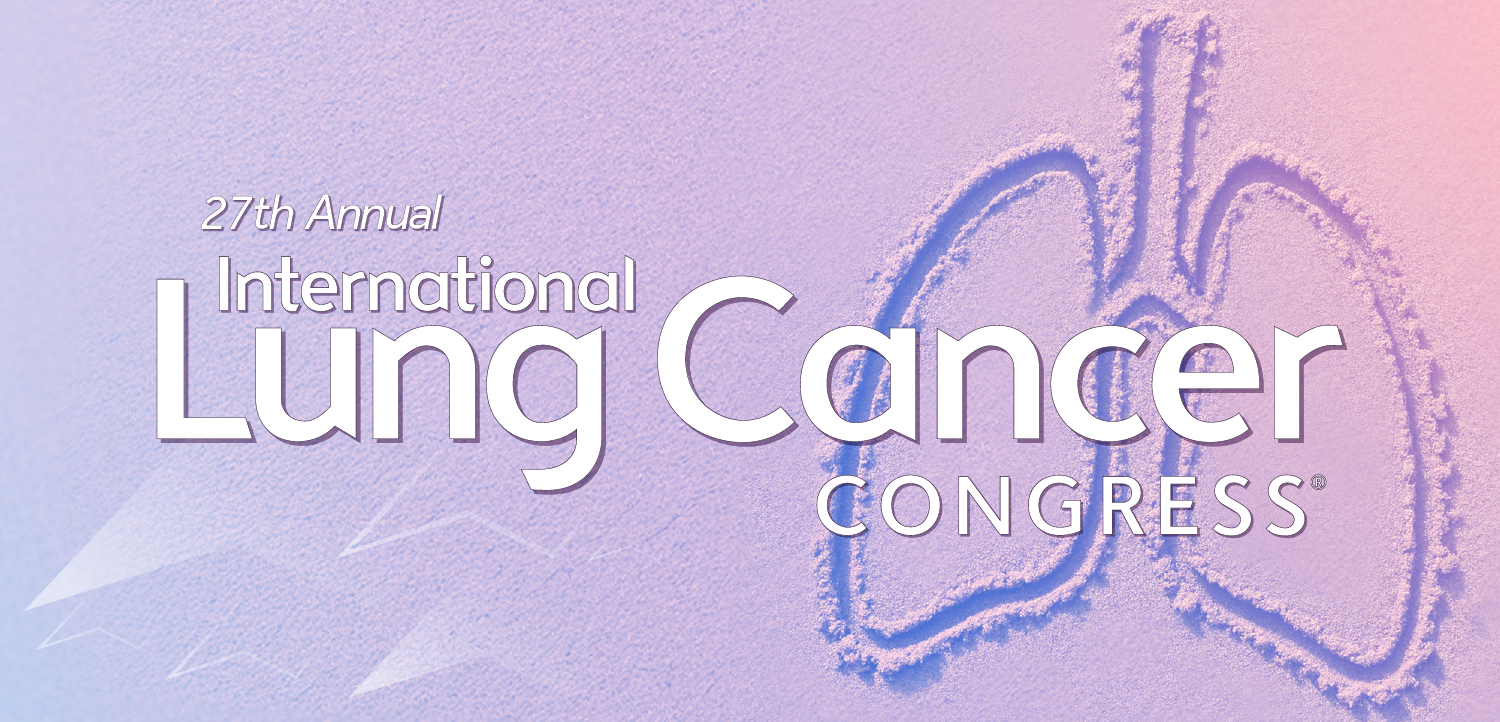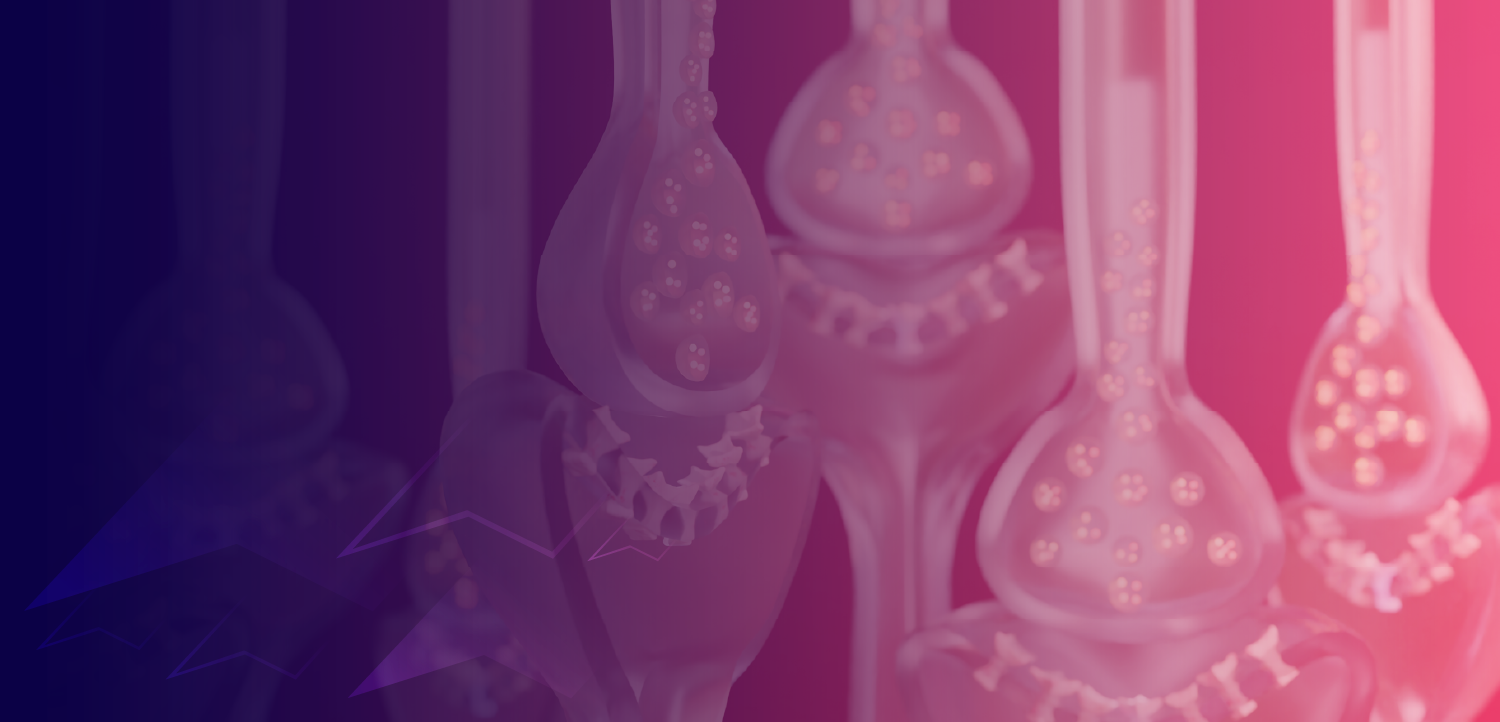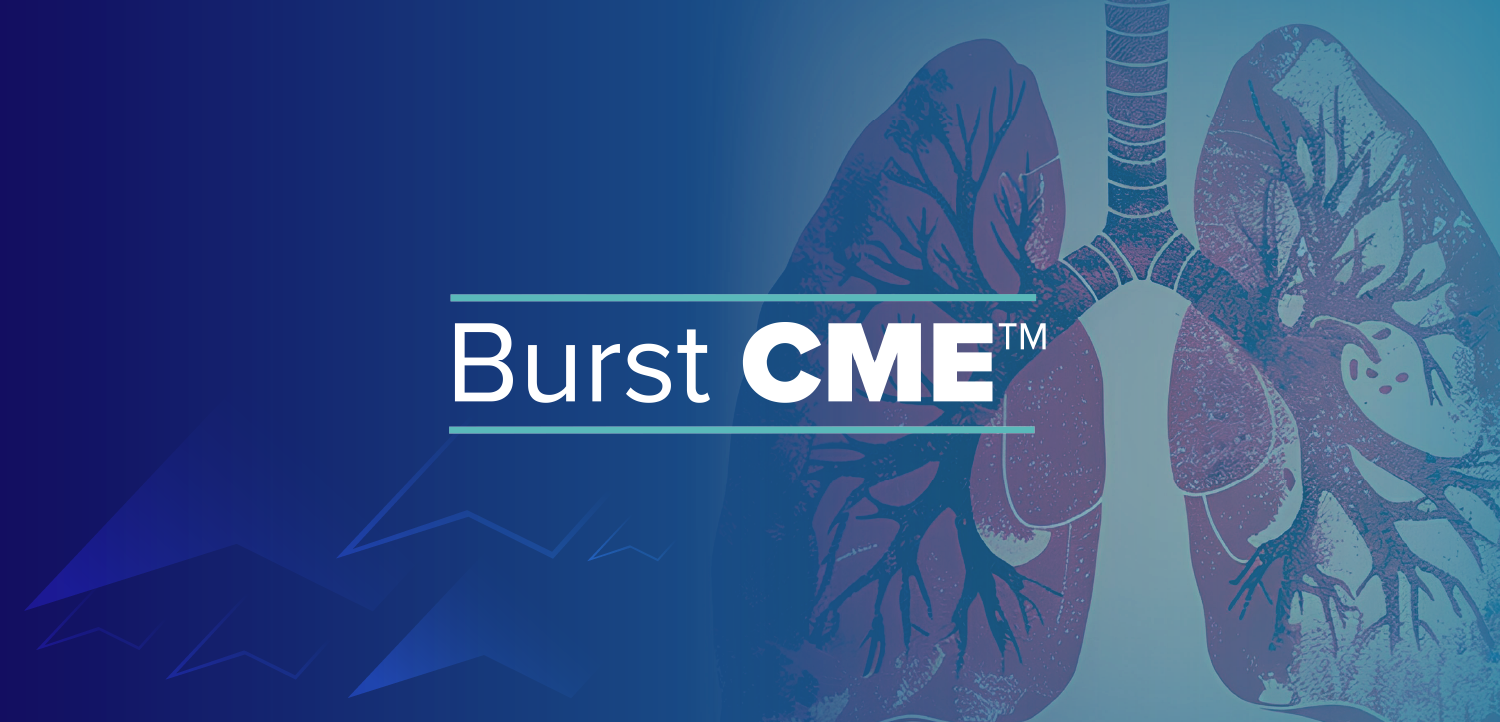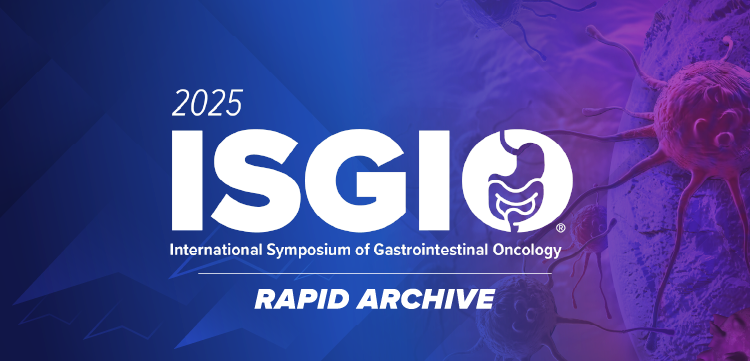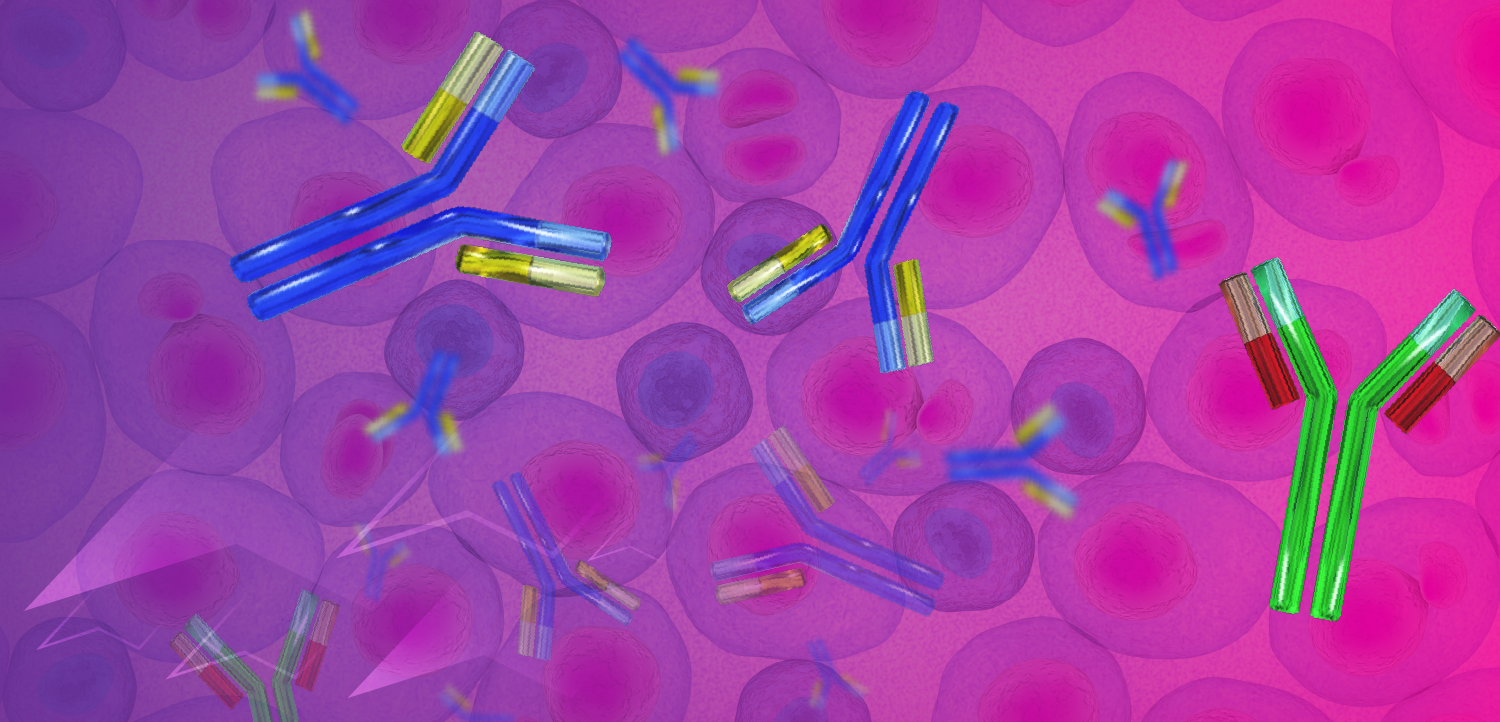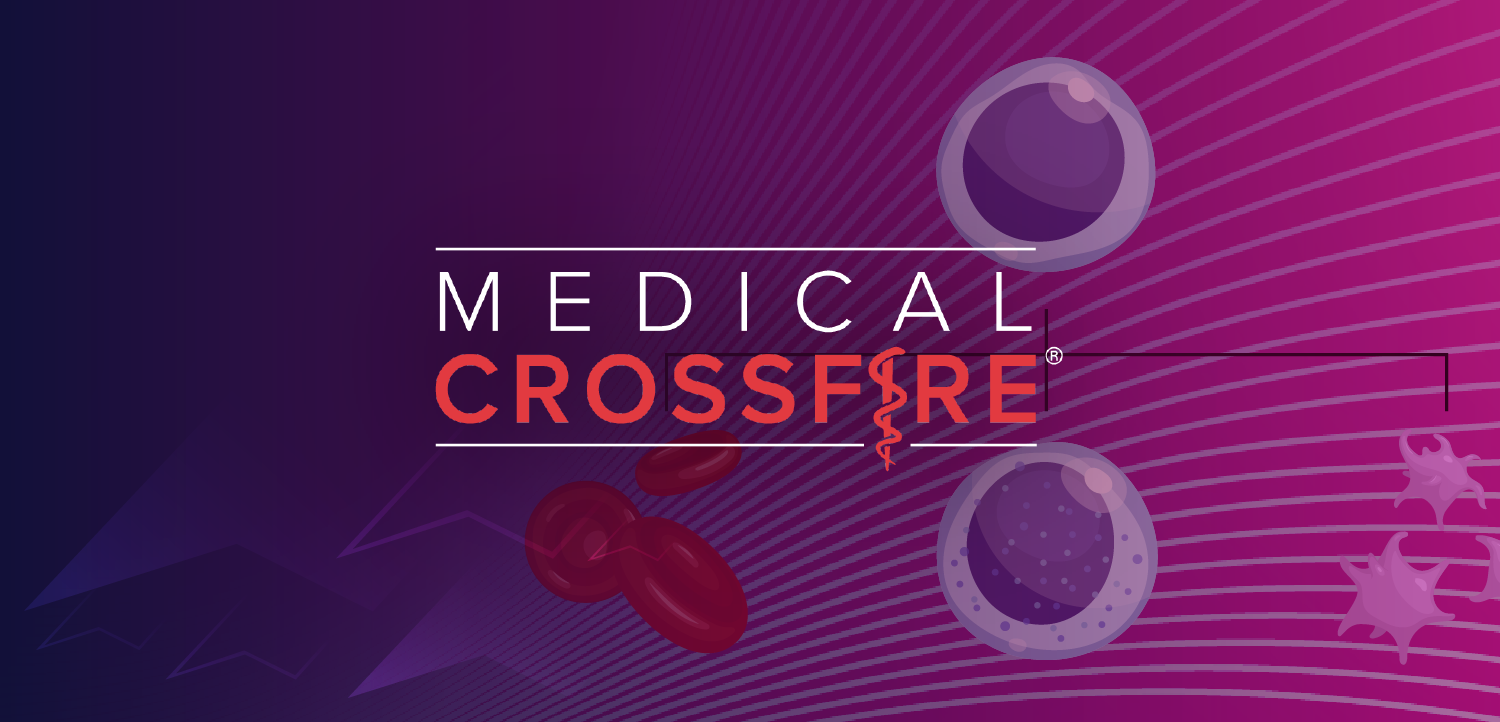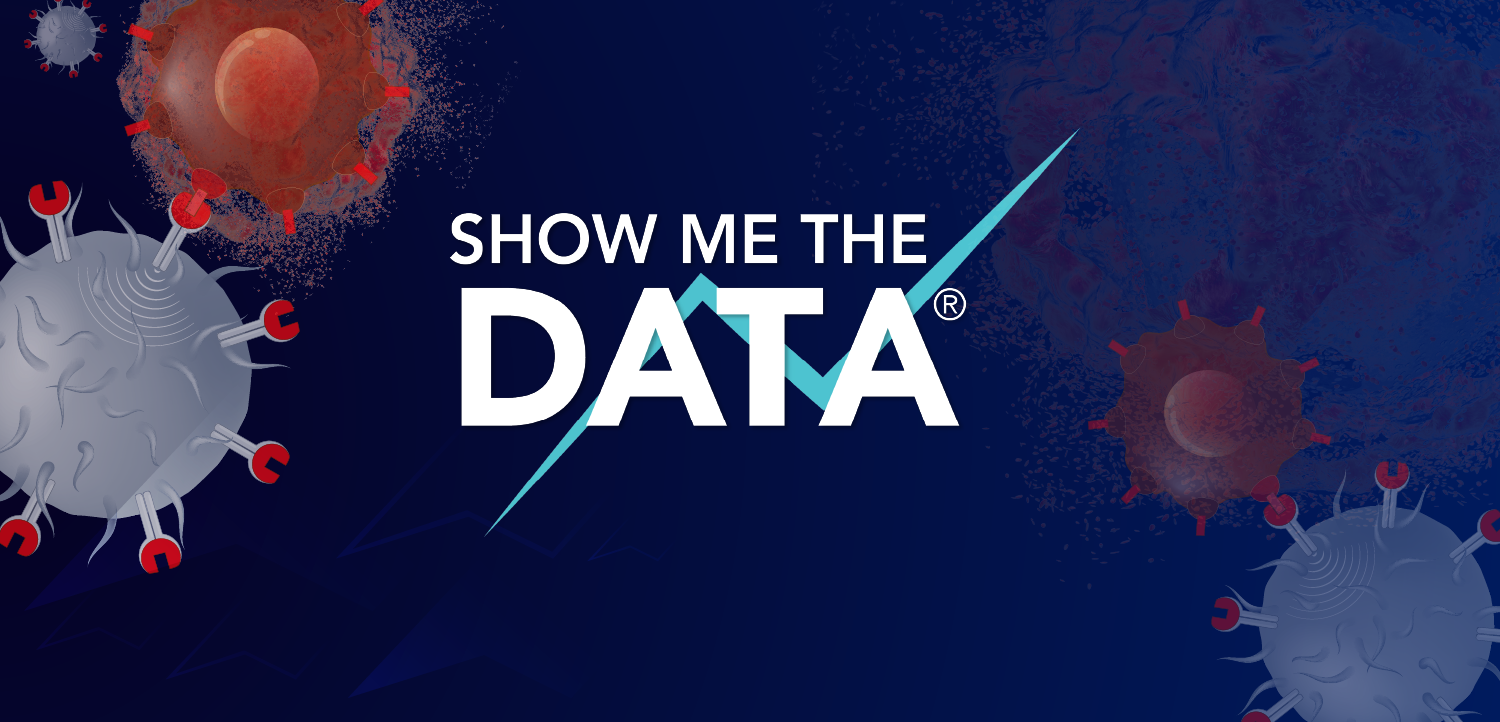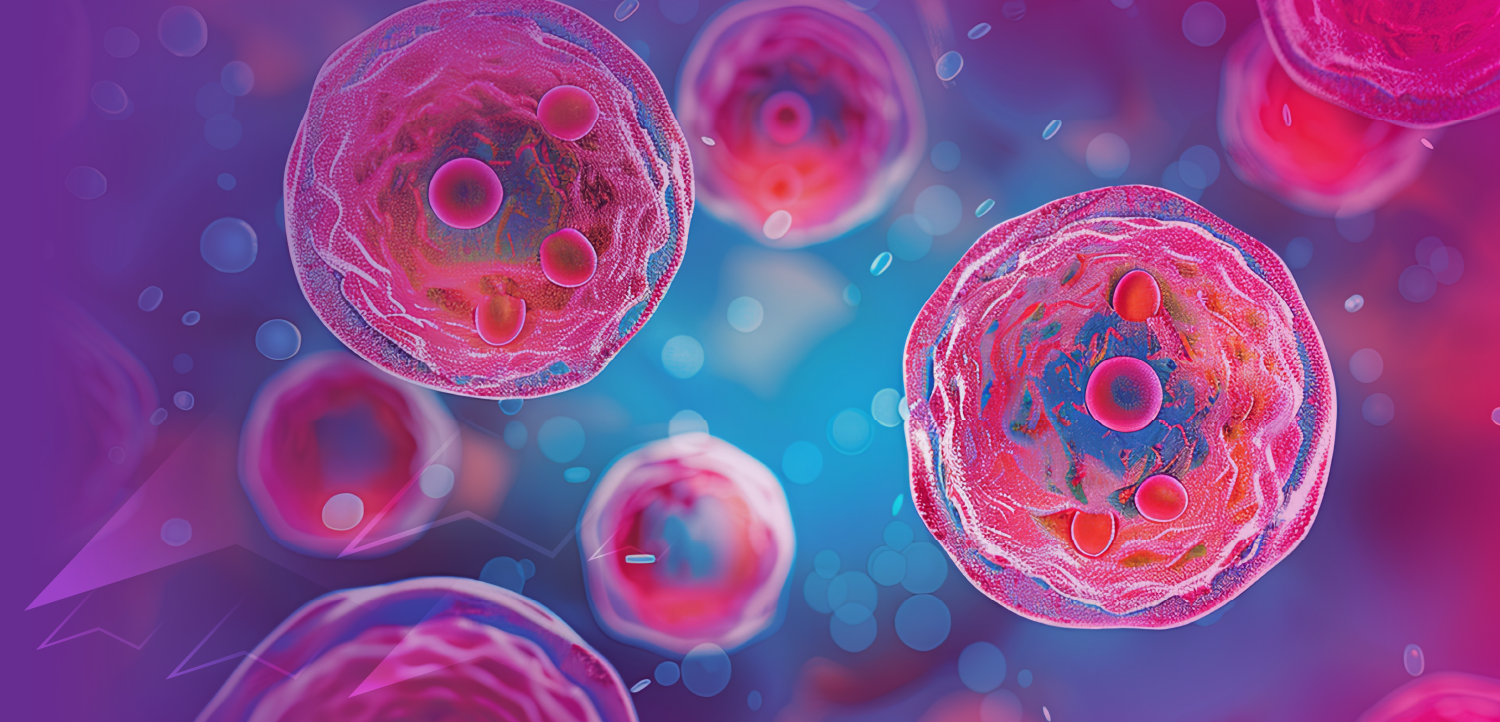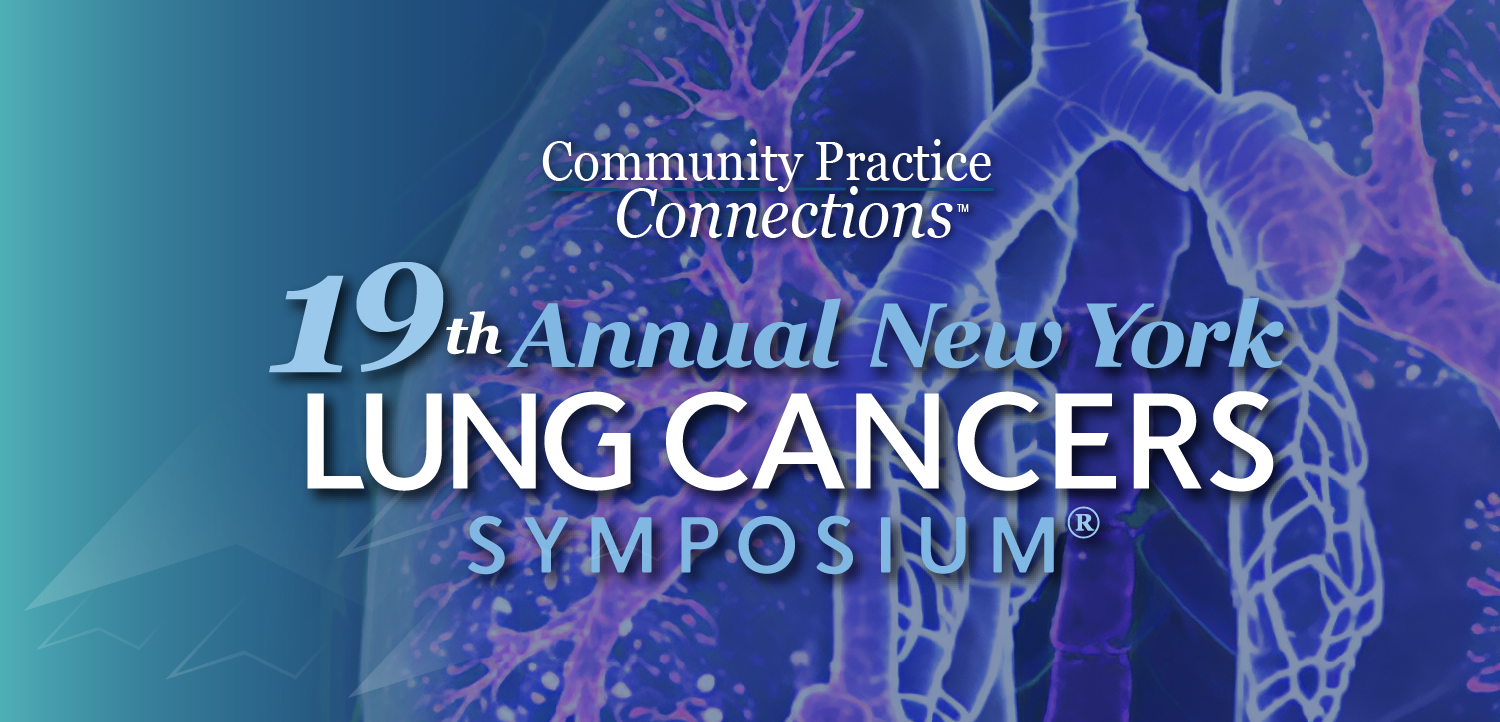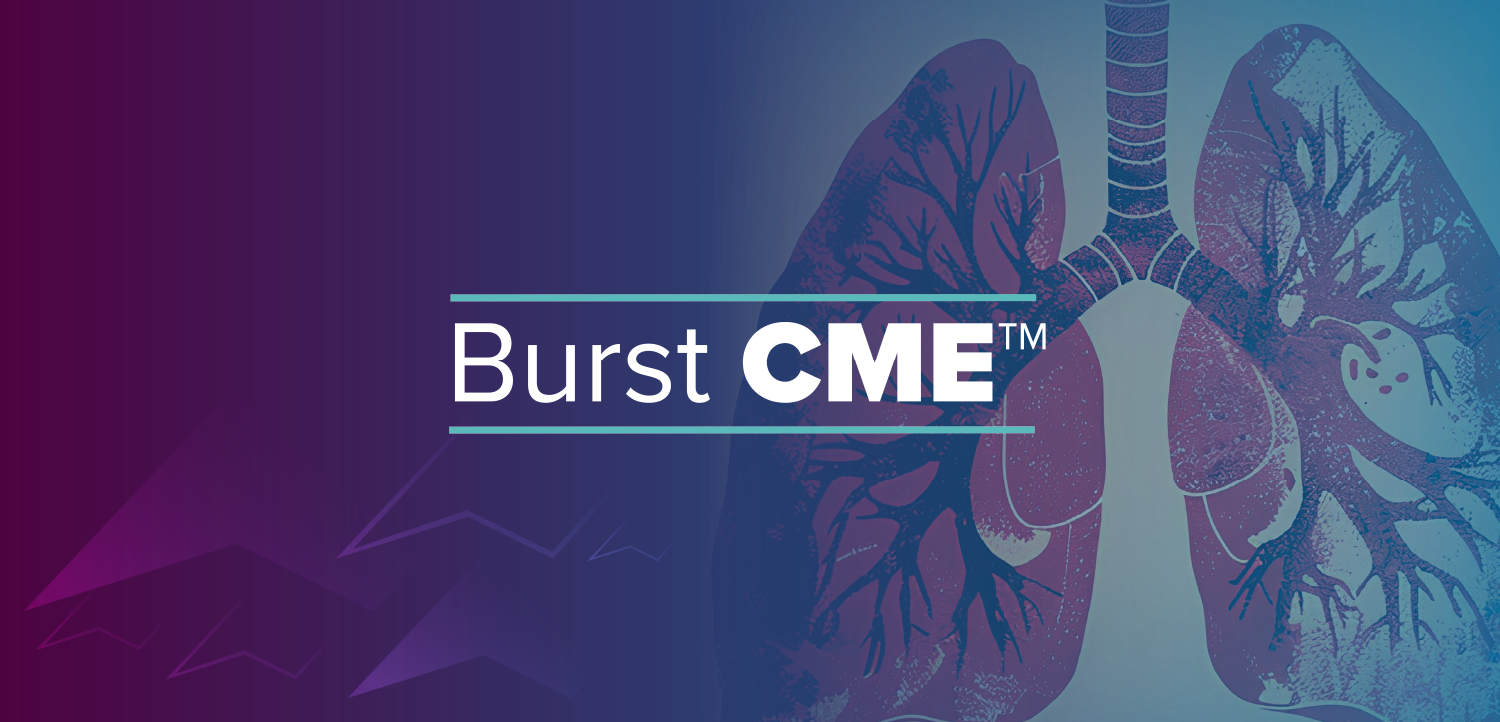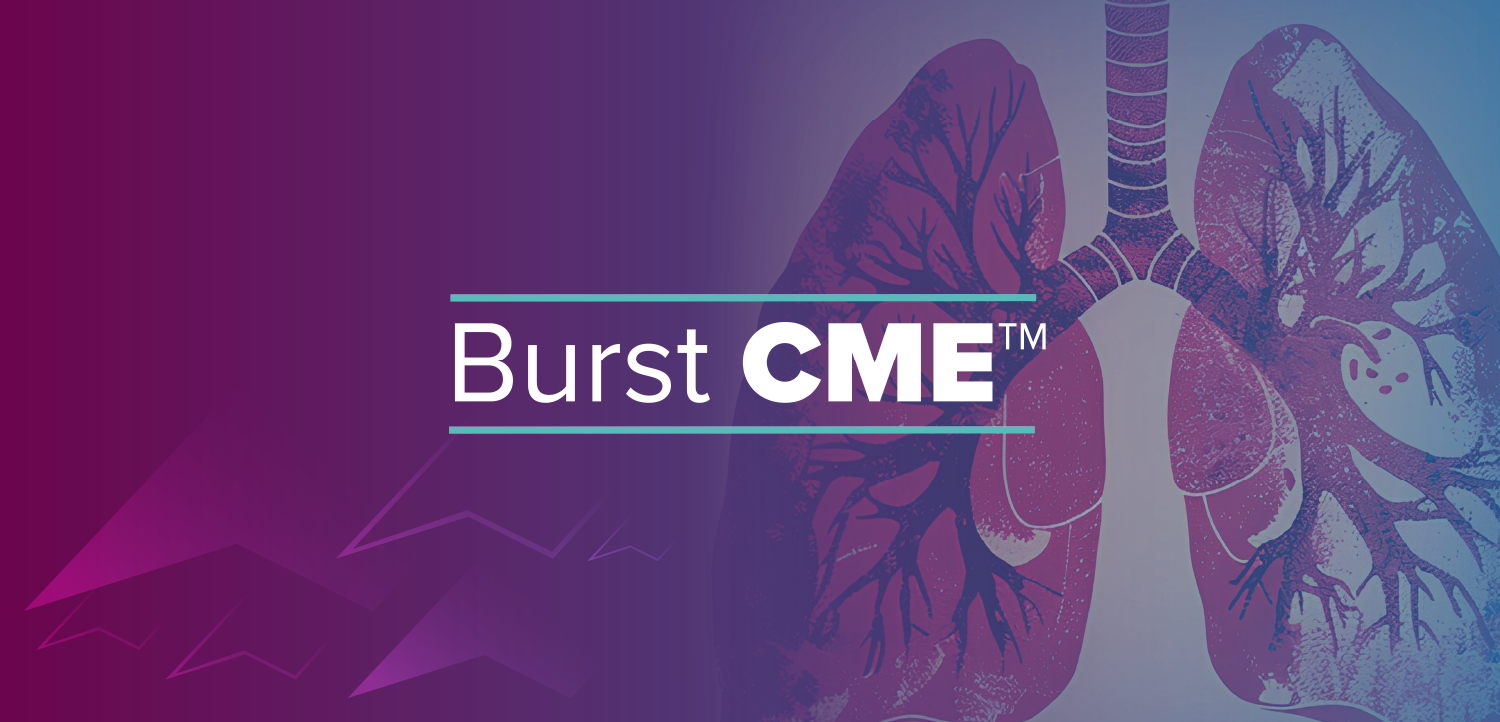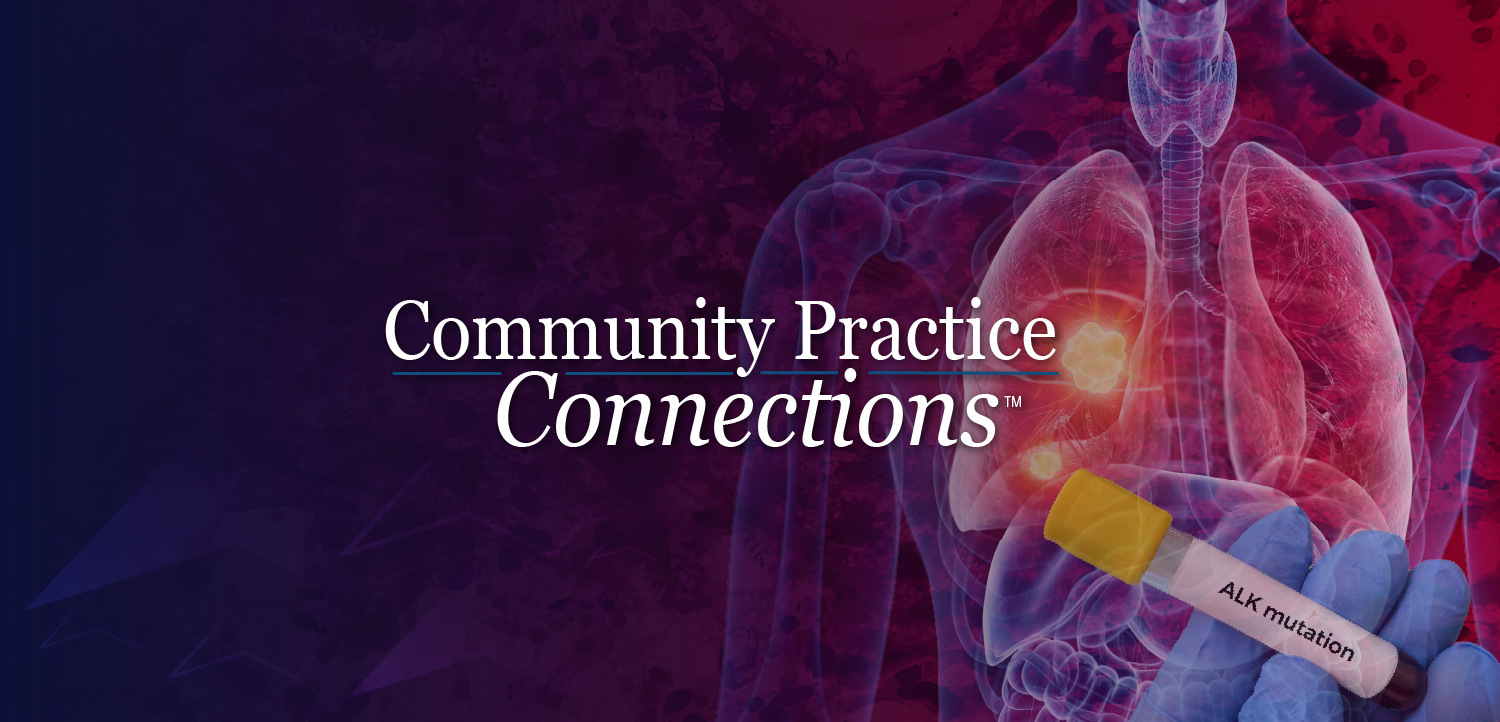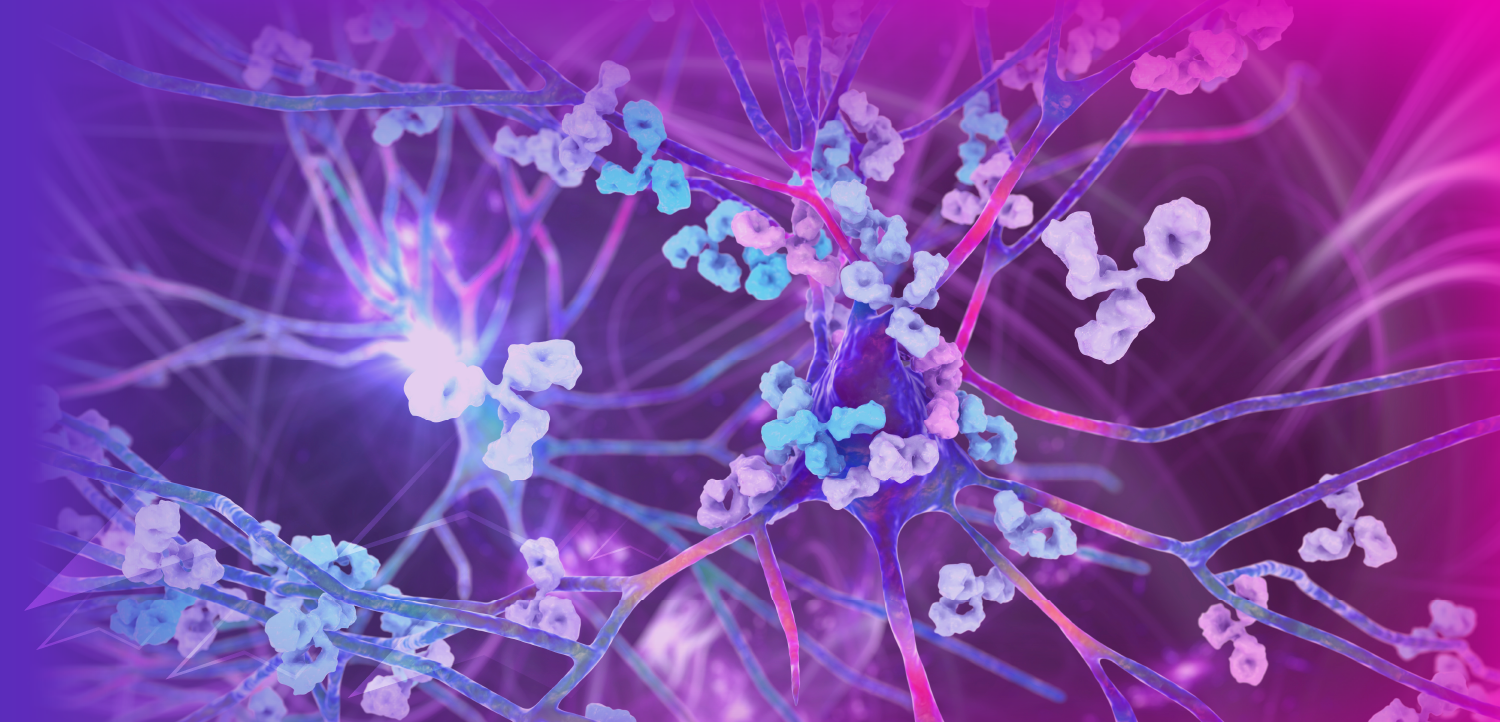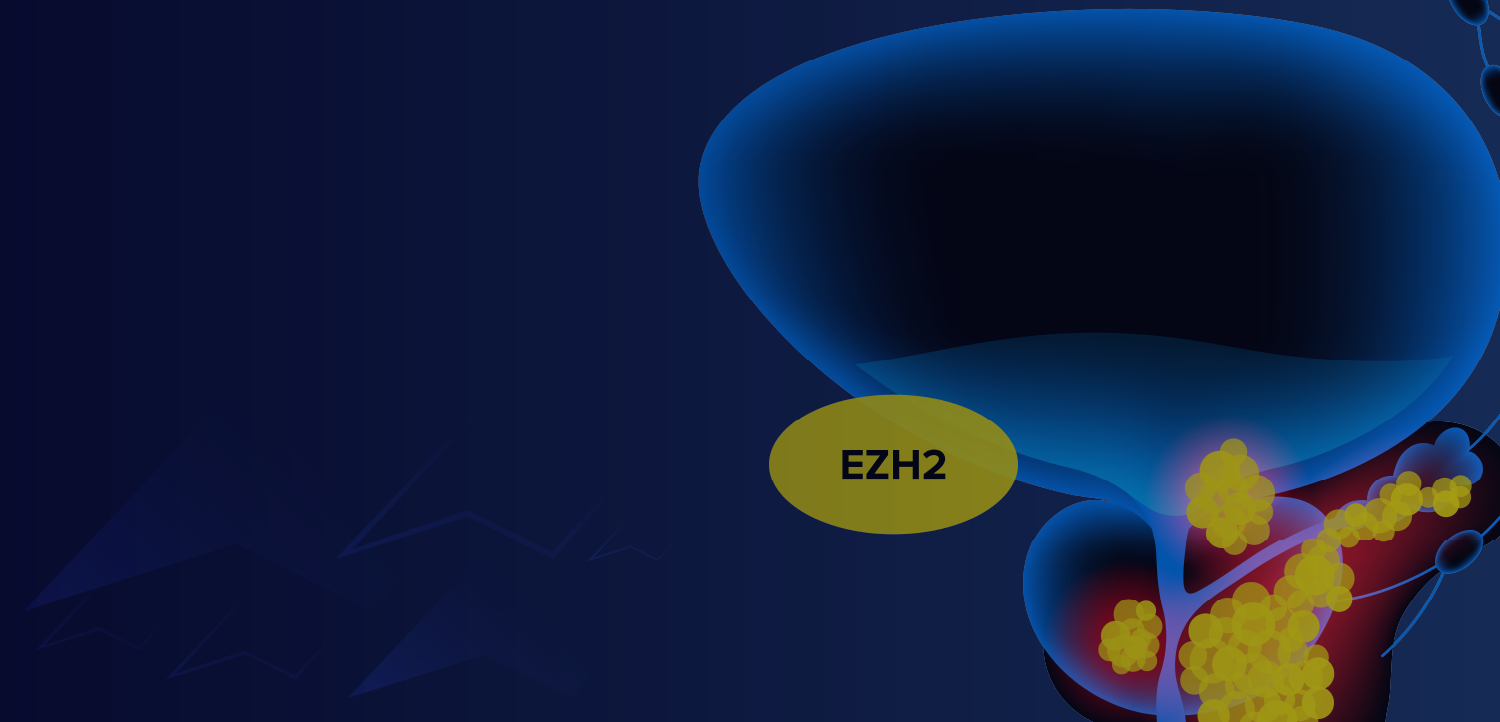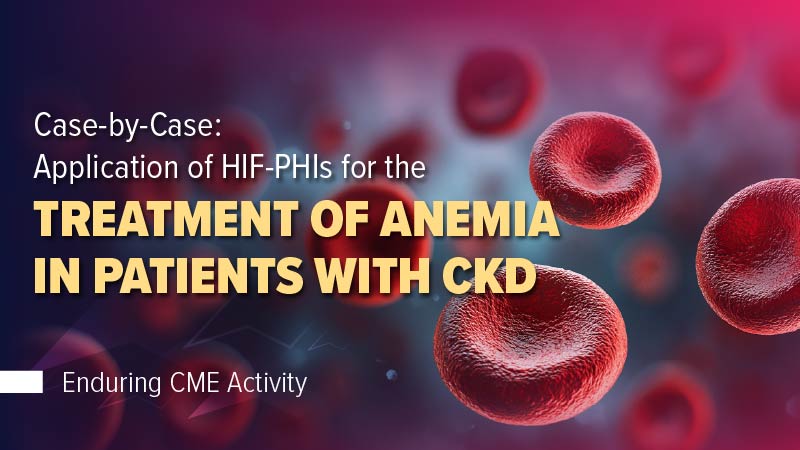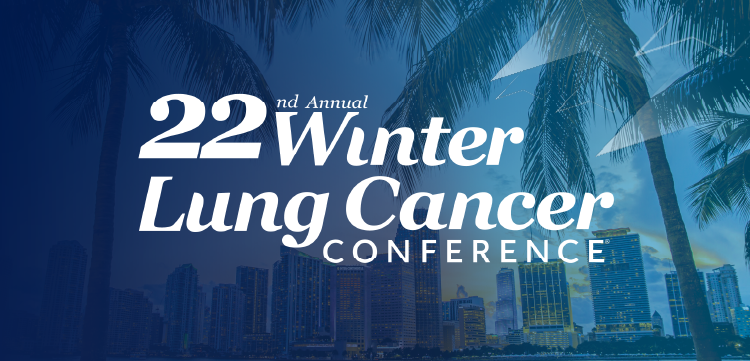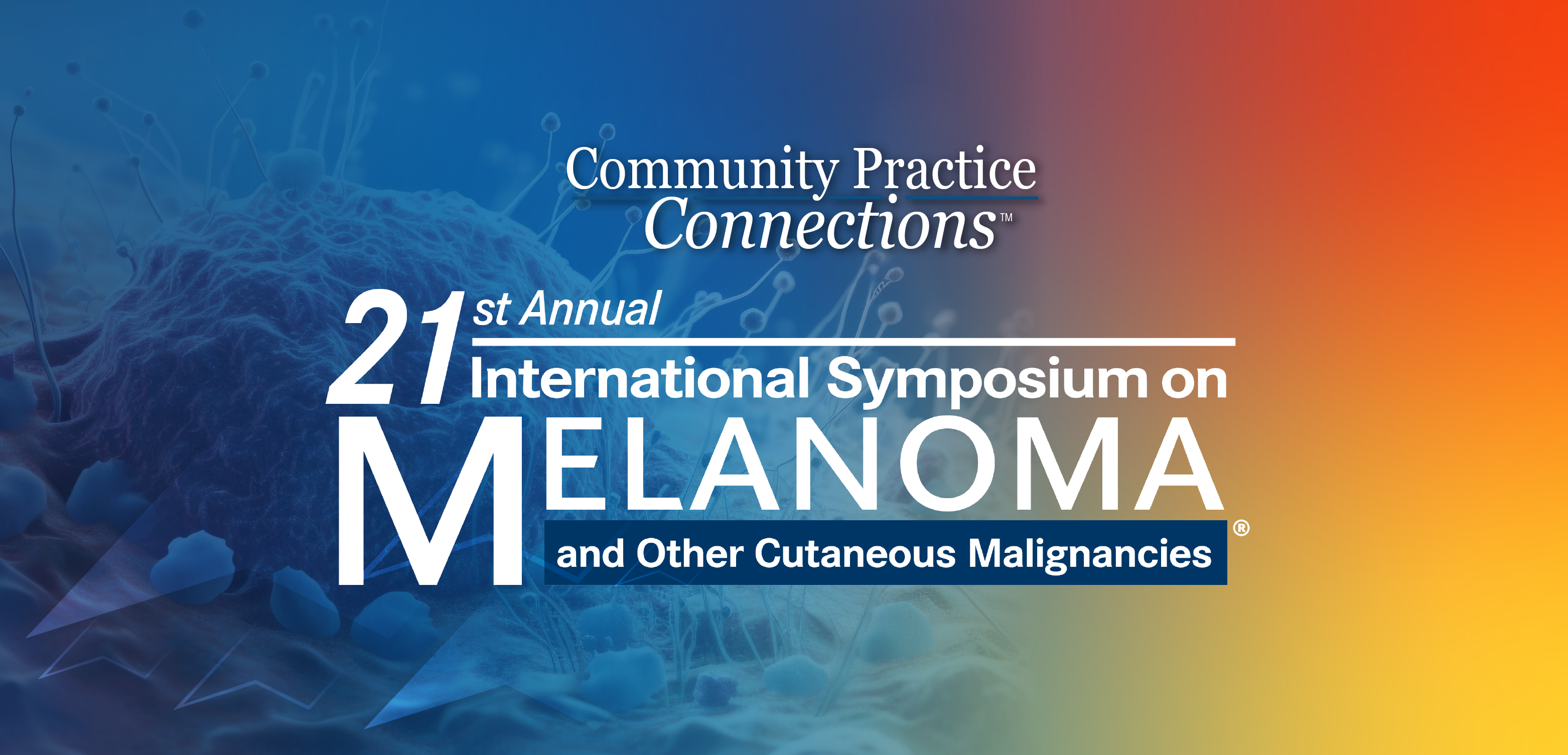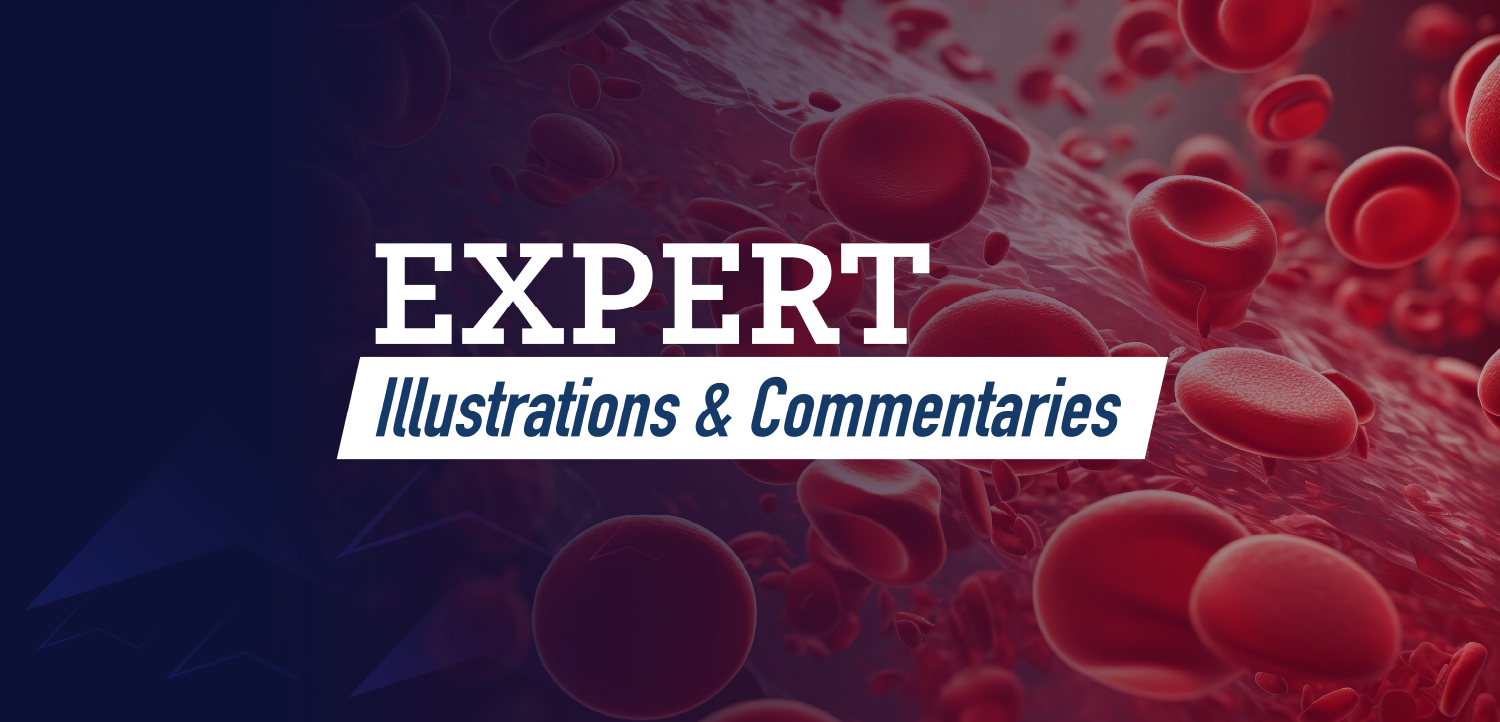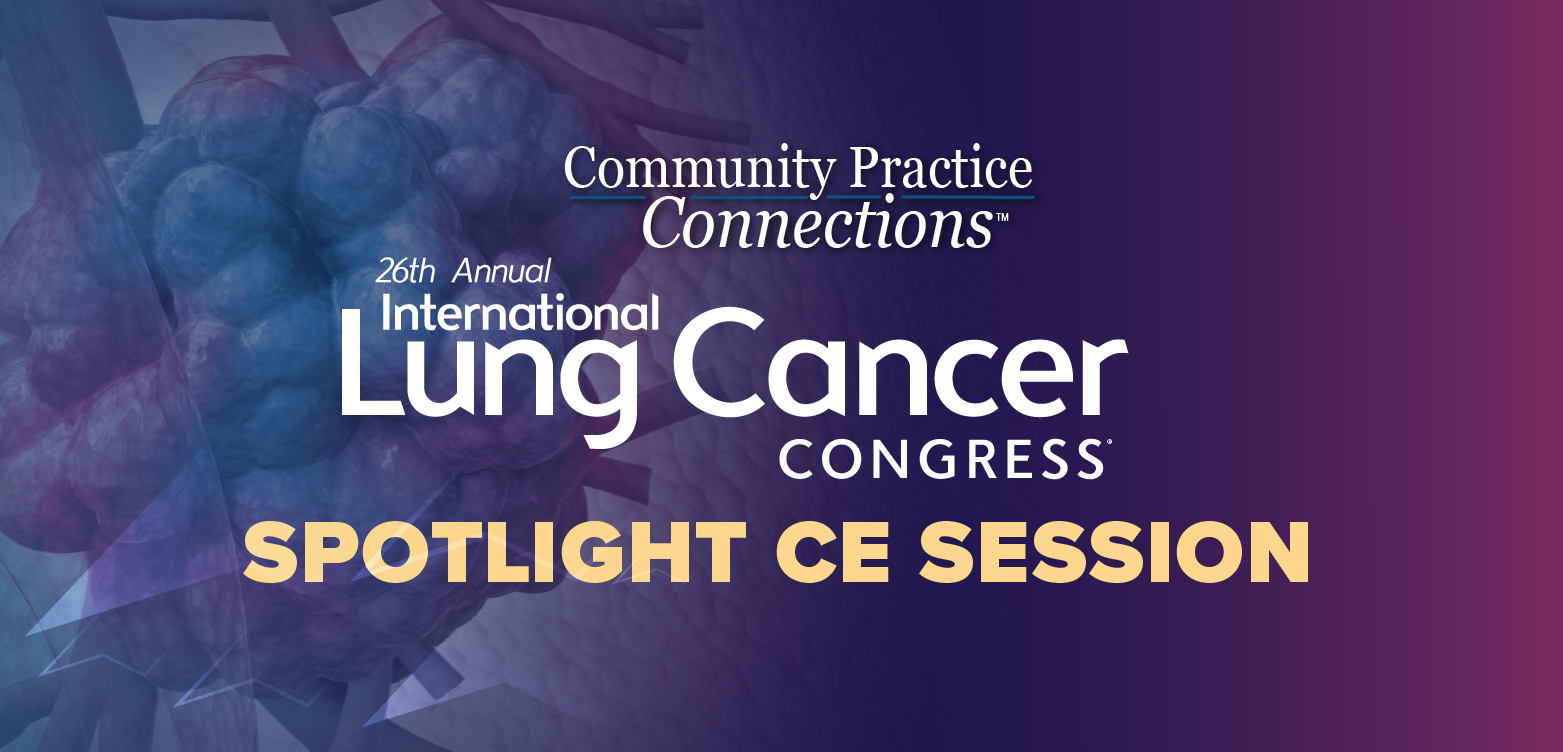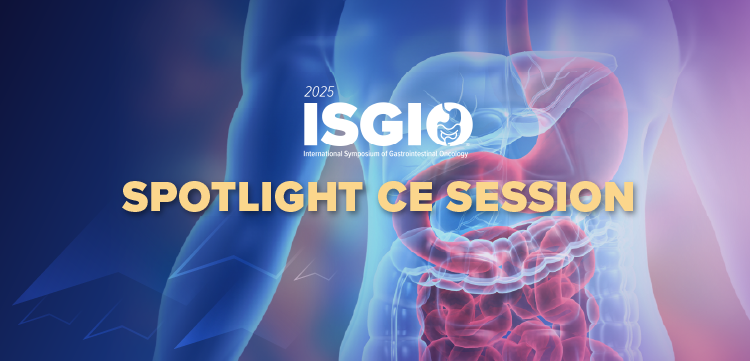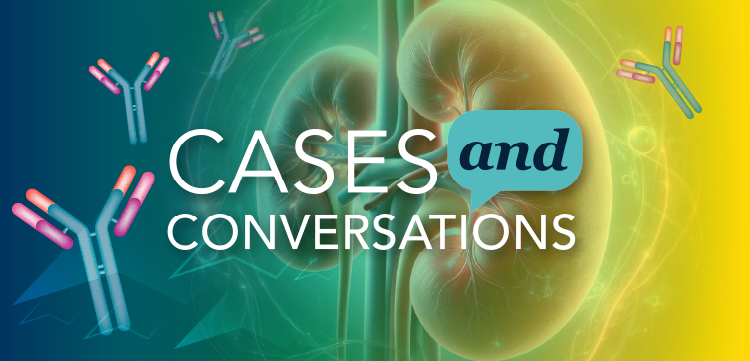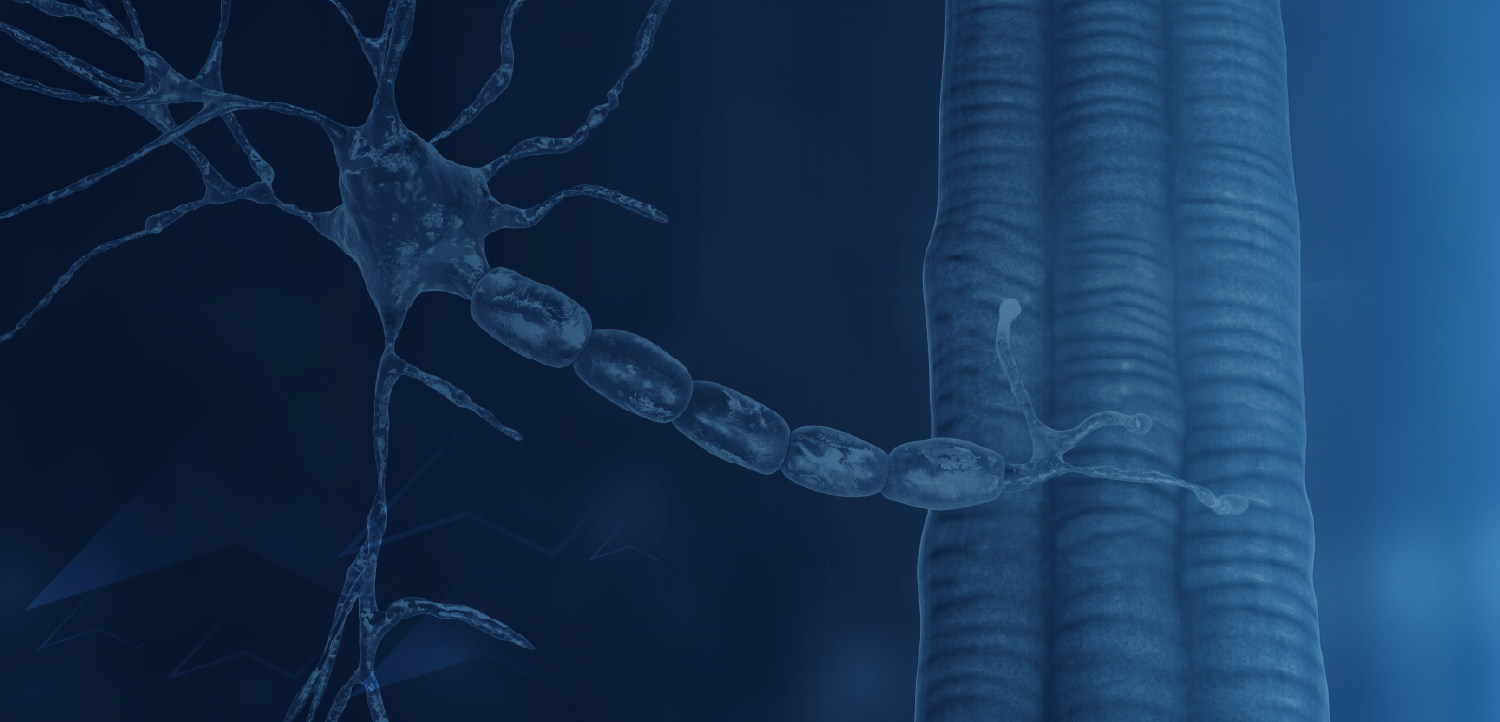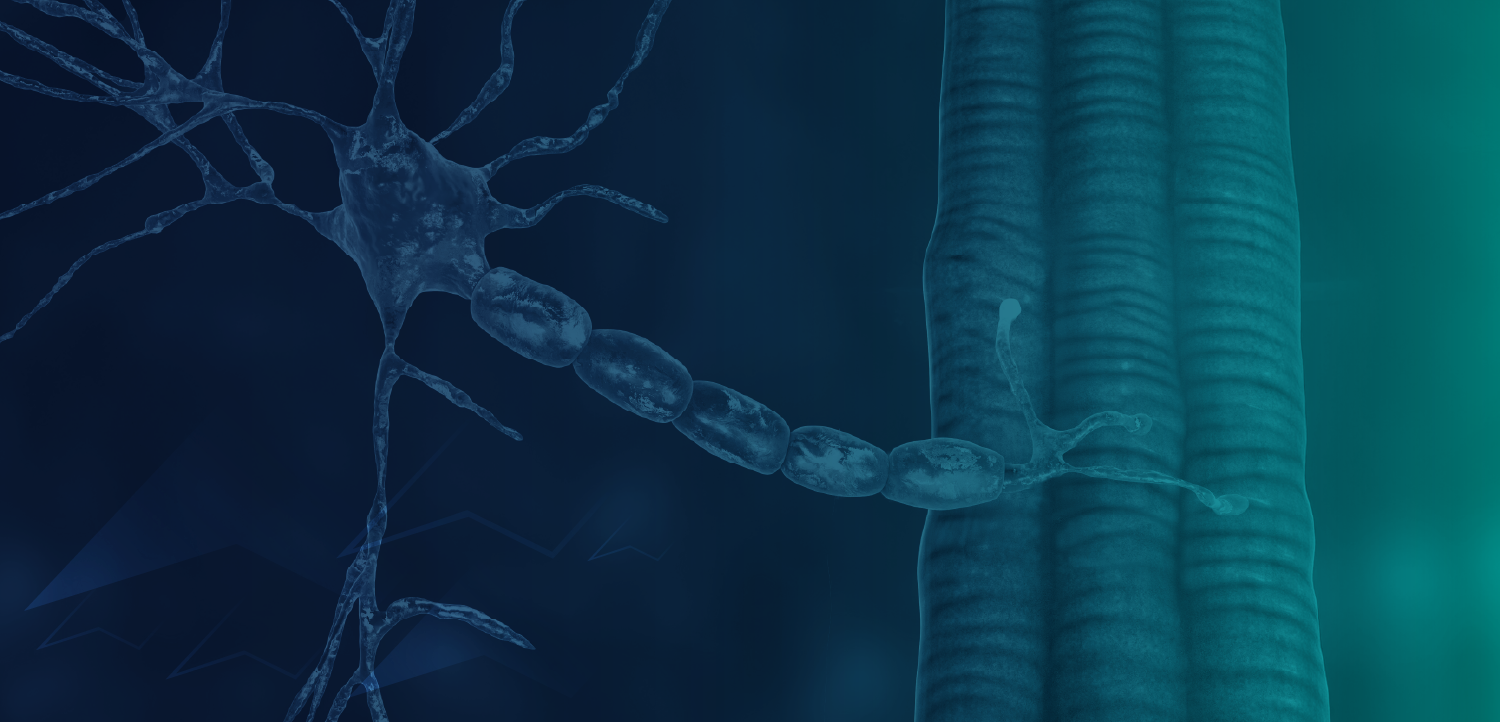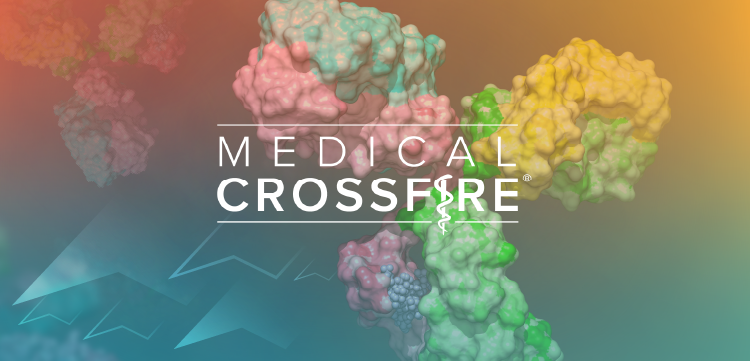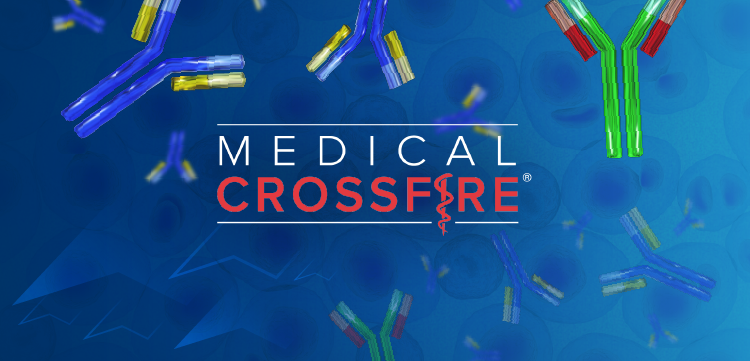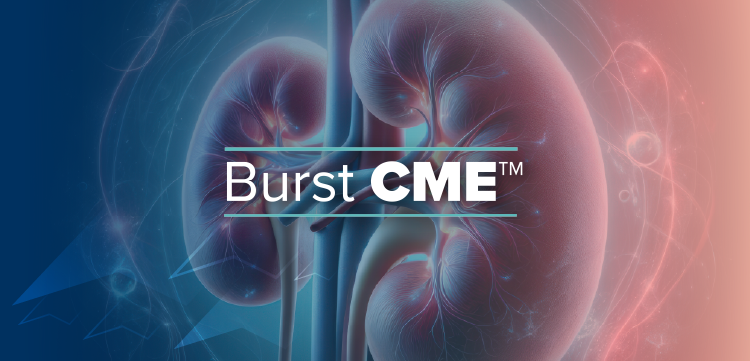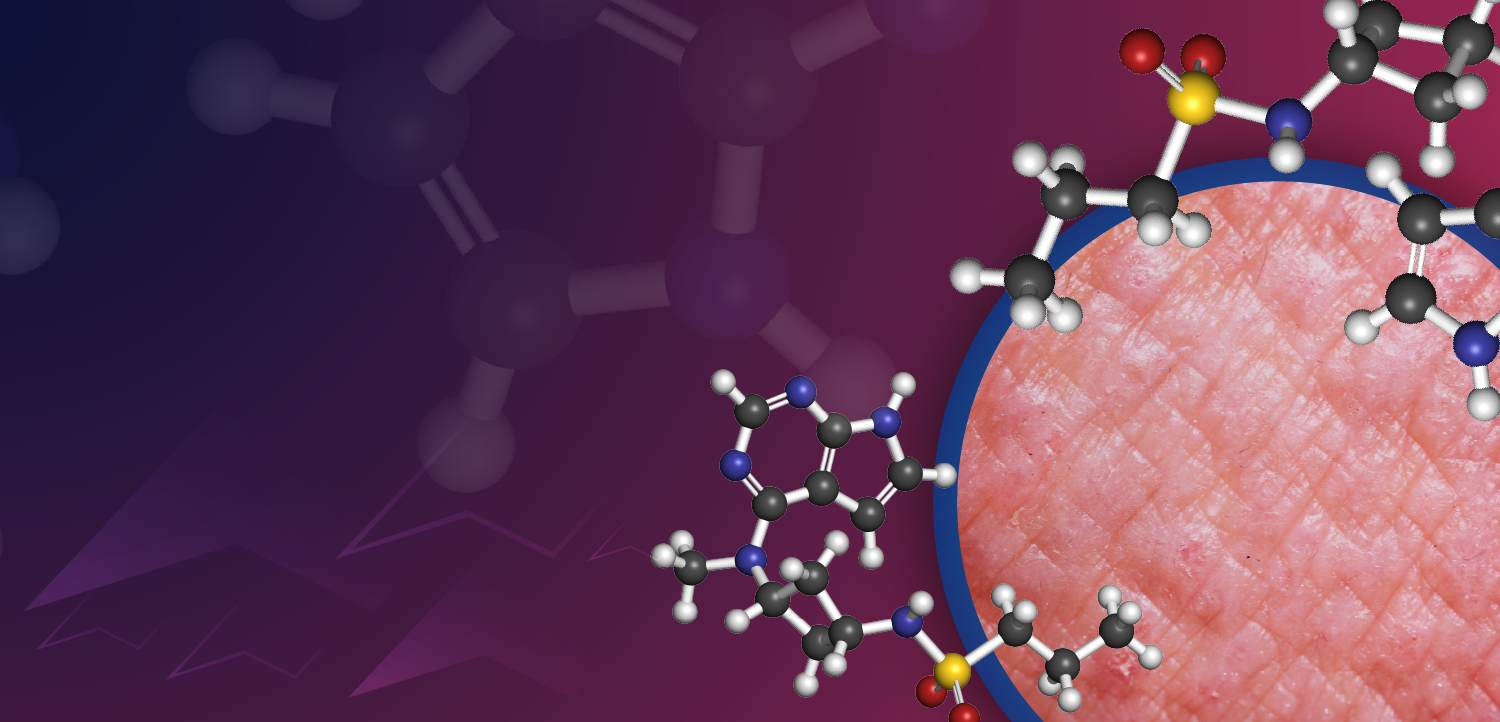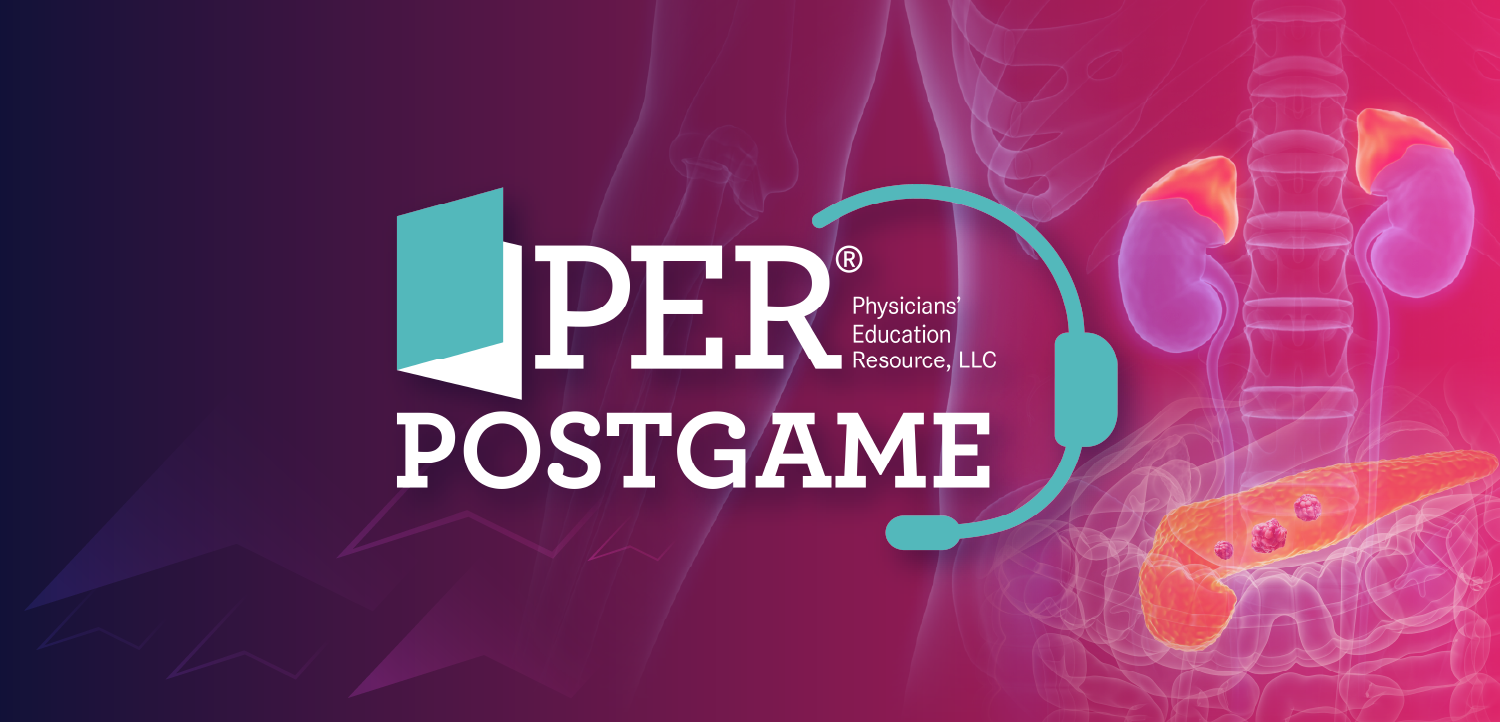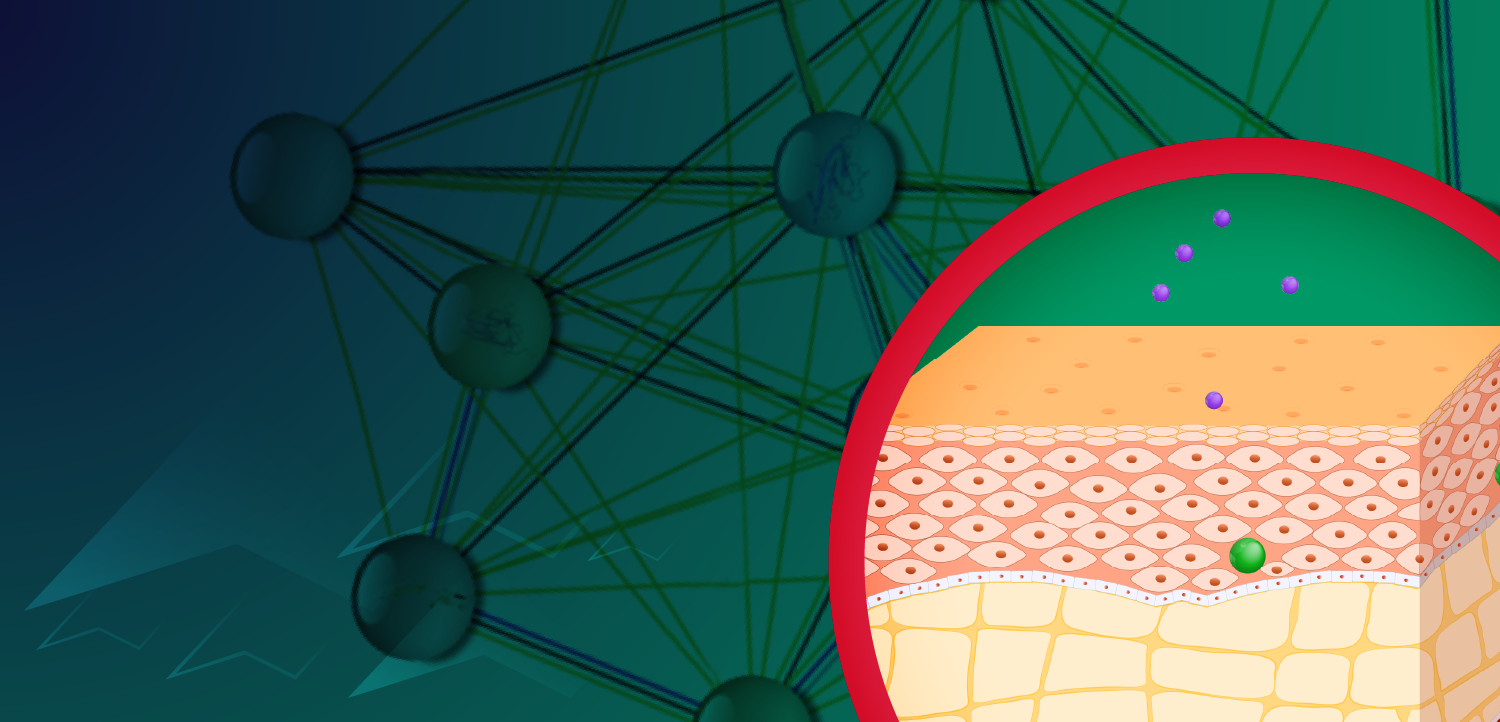PatientCare Launch Lens: A look at NEFFY® (epinephrine nasal spray)
Objectives
- Educate physicians on the approved labeling and intended usage of epinephrine nasal spray 2 mg
- Highlight the clinical efficacy through the presentation of data on the effectiveness of neffy based on clinical trials
- Outline ideal patient segments in the pediatric and adult patient populations aligned to the FDA approved labeling
- Showcase the applicability and importance of the approval based on current treatment options and unmet needs
Introduction
NEFFY® (epinephrine nasal spray) is an α- and β-adrenergic receptor agonist indicated for emergency treatment of type-1 allergic reactions including anaphylaxis in adult and pediatric patients who weigh 30 kg or greater.1 Neffy is the first and only FDA-approved needle-free option for administering epinephrine, which is its active ingredient.1,2 Epinephrine has been used to treat allergic reactions for more than 100 years, and it currently is the only universally recommended first-line treatment for severe allergic reactions such as anaphylaxis, which can include symptoms such as difficulty breathing, hives, tachycardia, confusion, diarrhea, stomach cramps, dizziness, or unconsciousness.1,3,4 It is imperative to initiate treatment with epinephrine at the first sign or symptom of a severe allergic reaction to halt its progression, particularly when the course of the reaction is unpredictable and may initially present as mild.3
Epinephrine is most frequently administered via an epinephrine autoinjector (EAI).5 However, there are several barriers to immediate EAI use including high costs, fear of needles, unwillingness to carry the EAI, and lack of proper training. Users report that EAIs are cumbersome and inconvenient, and up to 83% of patients and caregivers either fail to use or delay in using an EAI at the time of a severe allergic reaction.4 Failed or delayed treatment may lead to a higher risk of severe anaphylaxis, biphasic reactions, hospitalization, and death.3
As a needle-free epinephrine nasal spray, neffy may offer clinical benefit by addressing the apprehension and delay associated with use of EAIs, reducing the risk of accidental injection, and improving the ease of carrying the product.4 This article provides an overview of neffy including product characteristics, mechanism of action, efficacy and safety data, and dosage and administration.
Composition and Mechanism of Action
NEFFY® is available as a single-dose nasal spray with 0.1 mL solution that is comprised of 3 FDA-approved ingredients and components: 2 mg epinephrine, which is the active ingredient; Intravail® (dodecylmaltoside), a proprietary agent that helps enhance the bioavailability of intranasal drugs; and a unit dose spray (UDS) that produces a spray pattern and droplet size that optimizes delivery of the spray to the turbinate.1,3
Epinephrine
According to clinical guidelines and global agreement, epinephrine is considered the most effective treatment for anaphylaxis.3 Epinephrine acts on 1) α-adrenergic receptors, which in turn decrease the vasodilation and vascular permeability that is associated with anaphylaxis, and 2) β-adrenergic receptors, which relax bronchial smooth muscles and reduce bronchospasm, wheezing, and dyspnea that can occur with anaphylaxis. In addition, epinephrine may relieve pruritus, urticaria, and angioedema. Because it can relax the smooth muscle of the stomach, intestine, uterus, and urinary bladder, the compound may also alleviate gastrointestinal and genitourinary symptoms.1
Intravail
Intravail is an alkylsaccharide that enhances epinephrine absorption by changing mucosal viscosity and membrane fluidity, thereby loosening cell-to-cell junctions. It is water- and oil-soluble and does not irritate or harm mucosal membranes.3 With Intravail, the absorption of epinephrine does not appear to be affected by epinephrine’s vasoconstrictive effects, which enables the epinephrine dose to be as low as possible while maintaining efficacy. A low dose of epinephrine offers safety advantages: It minimizes the risk of epinephrine overdose, which has been reported with use of EAIs and manual intramuscular (IM) injection; and it lowers the risk of adverse events (AEs), such as abdominal pain, nausea, and vomiting.3
Unit dose spray
The UDS of neffy has been used for several other intranasal medications for more than 20 years. Offering ease of use, the UDS is associated with a failure rate of less than 1 in 100,000 uses; it supplies more than 80% of the epinephrine in droplets that are between 20 and 120 µm in size. Nearly all of the droplets released from the UDS are caught on the nasal turbinates.3
Pharmacokinetics and Pharmacodynamics
Due to inherent barriers that negate the ability to conduct prospective trials with patients who are experiencing anaphylaxis, the development strategy for neffy involved determining that its pharmacokinetic (PK) profile was in range with those of currently approved manual IM injections and EAIs.4,6 For approval of neffy, the FDA required that minimum exposures must be greater than or equal to that of epinephrine 0.3 mg IM injection or subcutaneous (SC) administration (as an efficacy measure), and maximum exposures must be less than that of EpiPen® (as a safety measure).2 Throughout studies, pharmacodynamic (PD) data also served an important role in determining the efficacy profile.4
Pharmacokinetic profiles of epinephrine injection products
Currently approved epinephrine injection products include epipen 3 mg, Auvi-Q® 0.3 mg, Symjepi™ 0.3 mg epinephrine 0.3 mg IM injection, and epinephrine 0.3 mg SQ. Their efficacy rate is 90% as a single dose, although their individual PK profiles vary widely.2,3,7-9 (Note: In 2022, Adamis issued a voluntary recall of Symjepi due to a potential manufacturing defect. In 2023, DMK Pharmaceuticals Corporation reacquired the rights to Symjepi products from USWM, LLC.) Among the products, the mean maximum serum concentration (Cmax) varies from 209 to 869 pg/mL, the median or mean time to Cmax (Tmax)varies from 5 to 60 minutes, and the Tmax range spans from 1 to 360 minutes. In the following neffy trials, EpiPen, and epinephrine IM were selected as comparators to serve as brackets for determining effective and safe epinephrine exposure with neffy.2,4,7-10
neffy with 1 mg epinephrine
The PKs and PDs of neffy were first assessed in 4 randomized, open-label, single-dose phase 1 trials at a 1-mg intranasal epinephrine dose compared to manual epinephrine IM injection 0.3 mg, EpiPen 0.3 mg, and Symjepi 0.3 mg. Results from 175 participants from these trials were combined in an integrated analysis.3 Participants were aged 19 to 55 years. In 2 of the studies they were healthy; in the other 2 studies, they had type-1 allergies.10 Blood was drawn before epinephrine administration and up to 480 minutes afterward. Calculations of epinephrine concentration and PK parameters did not account for pre-dose epinephrine levels, as absolute plasma levels of epinephrine are the most important marker for an effective response.10
PK results showed that the mean Cmax of neffy was 258 pg/mL, which was comparable to that of epinephrine IM (254 pg/mL) and lower than that of EpiPen (503 pg/mL) and of Symjepi (438 pg/mL). Epinephrine IM was associated with the longest median Tmax (45 minutes), followed by Symjepi and neffy (30 minutes) and EpiPen (20 minutes).10 PD results demonstrated similar increases in systolic blood pressure (SBP) over time with EpiPen, neffy, and Symjepi (maximal drug effect [Emax], 18.1 mm Hg, 16.9 mm Hg, and 14.9 mm Hg, respectively) and a lower increase with epinephrine IM (Emax, 10.9 mm Hg).10 Regarding diastolic blood pressure (DBP), neffy was the only product associated with increased mean DBP over time. Every injection product decreased DBP to a greater degree than that demonstrated by placebo.10 The mean DBP Emax was considerably higher with neffy (9.32 mm Hg) than with epinephrine IM, Symjepi, and EpiPen (5.51 mm Hg, 5.78 mm Hg, and 5.93 mm Hg, respectively). The longest DBP time to achieve Emax was associated with EpiPen (25.0 minutes), then Symjepi(18.0 minutes), neffy (15.0 minutes), and epinephrine IM (8.99 minutes).10 The incongruity between the decrease in DBP and positive increase in Emax with the injection products was probably because the DBP versus time was calculated as a means of at each time point, and the mean Emax was the mean of highest DBP change for each participant.10 The peak heart rate versus time was the highest for EpiPen, then neffy, epinephrine IM, and Symjepi.10
The results of this integrated analysis demonstrated considerable differences among the PK and PD profiles of epinephrine products with different routes of administration, which calls into question the assumption that these products are clinically interchangeable.10 The greater effect of neffy on SBP is thought to be due to its difference in DBP response from that of the injection products, which in turn may be influenced by the differing affinities for adrenergic receptor subtypes. Injected epinephrine preferentially activates β2 receptors in skeletal muscle, which have a high affinity for epinephrine; this enacts vasodilation in skeletal muscle and leads to a decline in DBP. The decreased DBP remains until the level of epinephrine increases to activate α1 receptors, which leads to vasoconstriction and vascular rresistance and an ultimate increase in SBP and DBP.10 With nasal epinephrine administration, neffy is less affected by the β2-mediated vasodilation that occurs in skeletal muscle with IM epinephrine administration. The authors of the study noted that this characteristic may be important for anaphylaxis treatment, because blood vessels are already naturally dilated with the allergic reaction.10
neffy with epinephrine 2 mg
The PK and PD of neffy with epinephrine 2 mg was compared to that of EpiPen 0.3 mg and epinephrine IM injection 0.3 mg in a phase 1, 6-treatment, 6-period crossover study that was conducted in 2 parts with 59 healthy participants.4 The comparators were selected based on their previous Cmax outcomes, which have been reported to be fastest and highest with EpiPen and slowest and lowest with epinephrine IM.4 In part 1 of the study, participants received a single dose of epinephrine using either neffy, EpiPen, or epinephrine IM. Treatments were separated by 24 hours. In part 2, participants received either 2 doses of neffy in the right nostril (R/R); 2 doses of neffy, with 1 in the left nostril and 1 in the right nostril (L/R); or 2 doses via EpiPen, 1 in the left anterolateral thigh and 1 in the right anterolateral thigh. The 2 doses were administered 10 minutes apart. Each treatment was separated by at least 6 days. Blood samples were obtained before epinephrine administration and up to 360 minutes after administration.4
PK results for a single epinephrine dose demonstrated achievement of the highest mean epinephrine concentration following administration of EpiPen (≈20 minutes) and neffy (≈30-360 minutes). With repeated doses, both R/R and L/R treatments with neffy were associated with a greater epinephrine concentration than noted with EpiPen.4
Mean Cmax values for a single dose were highest for EpiPen (753 pg/mL), followed by neffy (481 pg/mL) and then epinephrine IM (339 pg/mL); these results demonstrated a bracketing of neffy’s PK profile by the 2 approved products. From there, neffy performance improved with repeated doses. Mean Cmax values were greatest with neffy L/R and R/R (1000 pg/mL and 992 pg/mL, respectively) followed by EpiPen (840 pg/mL).4 Median Tmax for both a single dose and repeat dose was fastest for EpiPen (7.5 min and 15.0 min), followed by neffy (30.0 min for all). Median Tmax for a single dose of epinephrine IM was slowest (45.0 min).4 In both the single-dose and repeat-dose phases, neffy was associated with greatest total exposure.4
For PD outcomes, all therapies at both single and repeat doses were associated with an SBP increase from baseline that remained elevated for approximately 120 minutes following administration before returning to baseline. 4 For all treatments, mean SBP Emax was significantly greater for neffy than for epinephrine IM (P<.0001), but significance was not achieved when comparing mean SBP Emax of neffy to that of EpiPen (P=.0600). However, with repeat doses, mean SBP Emax for neffy R/R and L/R was significantly higher than were those of Epipen (P = .0003 and P = .0004, respectively).4 For DBP, a single dose of neffy led to an instant increase from baseline DBP and then a decrease, whereas a single dose of EpiPen and epinephrine IM led to instant decreases in DPB, both of which were more noticeable than that of neffy. The mean DBP Emax was significantly higher with neffy than with EpiPen (P = .0475) and epinephrine IM (P = .0363). Similarly, with repeat doses, the mean DBP Emax was significantly higher for neffy R/R and L/R than for EpiPen (P = .0198 and P = .0038, respectively).4 When comparing neffy R/R versus L/R, there were no significant differences in either SBP Emax or DBP Emax.4
Regarding effect on heart rate, all single-dose treatments led to an initial increase from baseline heart rate. Subsequently, both use of epinephrine IM and EpiPen were associated with a decrease in heart rate. By contrast, neffy was associated with an ongoing elevation in heart rate for 120 minutes from baseline.4 Overall, neffy achieved a significantly higher heart rate Emax than did EpiPen (P = .0006) and epinephrine IM (P≤.0001).4 With repeated doses, use of neffy and EpiPen led to an increase in heart rate from baseline. Increases with neffy R/R and L/R were greater than were those of EpiPen, and the mean heart rate Emax was significantly greater with neffy R/R and L/R with EpiPen (P = .0011 and P = .0099, respectively). With use of neffy, R/R compared to L/R did not reveal a difference that was significant.4
In the study, relationships were identified between PK and PD data for single-dose treatments. With neffy, an increase in Cmax corresponded to an increase in SBP and heart rate; with EpiPen and epinephrine IM, once Cmax reached approximately 1500 pg/mL, both SBP and heart rate were suppressed.4 Concentrations of neffy strongly correlated with SBP (up to 45 minutes) and heart rate (up to 120 minutes), but correlation was observed with EpiPen at only 15 to 20 minutes and with epinephrine IM at only 15 minutes. The authors noted that the inhibited increases in SBP and heart rate associated with EpiPen and epinephrine IM could be due to a “compensatory response,” such as baroreflex.4
Overall, the results showed a comparable PD profile for neffy versus EpiPen and a comparable or better PD profile for neffy versus epinephrine IM, which indicates that neffy may be at least as effective as both FDA-approved products.4 Despite having a lower Cmax, neffy achieved a greater increase in DBP than did EpiPen as well as a greater and more efficient influence on heart rate.4
The authors shared that a limitation of the study was that participants were healthy volunteers.4 Other studies explored use of neffy in the context of certain health conditions.4,5 Results from a phase 1 study involving participants with allergic rhinitis (N = 41) showed that patient-administered neffy 2 mg epinephrine, compared to practitioner-administered epinephrine IM injection 0.3 mg was associated with similar or better PK and PD profiles.4 Similarly, another phase 1 study explored use of epinephrine 2 mg in participants with active symptoms of an upper respiratory tract infection (N = 15) and found that neither epinephrine exposure nor maximum absorption were affected by the presence of an upper respiratory tract infection.5 In another study, to assess the absorption of neffy in the presence of severe hypotension that can accompany anaphylaxis, researchers administered neffy 1 mg to 14 dogs, with an initial dose given under normal conditions and then another dose given under anaphylaxis conditions with severe hypotension. They found that the epinephrine absorption was increased rather than inhibited in the presence of anaphylaxis with severe hypotension.3
Safety and Tolerability
Study findings have shown that neffy epinephrine 2 mg is well tolerated and associated with mild AEs.4-6 Its safety profile for adults was based on the results of 4 studies involving participants who were healthy or who had type-1 allergy without anaphylaxis. Exclusion criteria included structural or anatomical nasal conditions. Participants received either 1 dose of neffy in 1 nostril (n = 134) or 2 doses of neffy in either the same or opposite nostril; the 2 sprays were given 10 minutes apart (n = 85).1 AEs noted with an incidence greater than or equal to 5% with 1 dose of neffy were nasal discomfort (10%) and headache (6%) and with 2 doses of neffy were throat irritation (19%), headache (18%), nasal discomfort (13%), jittery feeling (11%), tremor (8%), and rhinorrhea (7%).1 Warnings and precautions concerning injections administered IV or into the buttocks, digits, hands or feet that require emergency department visits are not included in the product labeling for neffy. Following approval of epinephrine products, the following AEs have been reported: cardiovascular events (eg, angina, arrhythmias, cerebral hemorrhage, hypertension), metabolic disorders (eg, transient hyperglycemia, sweating), neurological symptoms (eg, disorientation, memory impairment, panic, sleepiness), psychiatric symptoms (eg, anxiety), and respiratory difficulties.1
Administration and Storage
Each neffy nasal spray unit contains a single dose with epinephrine 2 mg. It is for nasal use only. The spray should be administered entirely in 1 nostril by inserting the nozzle until the fingers touch the nose, then the plunger should be pressed firmly to activate the spray. With administration, the right hand should be used for the right nostril and left hand for left nostril. The unit must be held straight and not angled, and the patient should not sniff while the spray is dispensed. If symptoms do not improve or if they become worse after 1 treatment, neffy may be administered as a second dose in the same nostril 5 minutes after the first treatment. Patients should receive a prescription for 2 neffy nasal sprays and should always have access to both units.1
Precautions
Patients and caregivers should understand that epinephrine may exacerbate certain underlying conditions such as hyperthyroidism, Parkinson disease, diabetes, and renal impairment. Caution should be used when administering epinephrine to patients with heart disease, as epinephrine can lead to or worsen angina pectoris and can cause ventricular arrhythmias. Importantly, these conditions are not contraindications to using epinephrine in an acute, life-threatening situation, but they do warrant attention and monitoring for potential aggravations.1
Caution should be given when administering epinephrine concomitantly with certain drugs. Concomitant use of glycosides, diuretics, or antiarrhythmics can increase risk for cardiac arrhythmias. Concomitant tricyclic antidepressants, monoamine oxidase inhibitors, levothyroxine sodium, certain antihistamines, and catechol-O-methyl transferase inhibitors can potentiate the effects of epinephrine. Concomitant use ofβ-adrenergic blockers, α-adrenergic blockers, and ergot alkaloids can antagonize the effects of epinephrine.1
Patients with conditions that affect the structure of the nose, such as polyps or previous nasal injury or surgery, may experience suboptimal absorption with neffy. These patients may be better suited for using an epinephrine product that is given by another route of administration.1
Storage and Handling
Neffy is stored in a carton that includes 2 blister packages, each of which contain a single-dose nasal spray. The expiration date is set at 30 months. Neffy should be stored at 68 °F to 77 °F and may be exposed to heat up to 122 °F for a limited period. The unit should not be frozen (which occurs below 5 °F), as it cannot deliver epinephrine when frozen.1
Conclusion
Neffy epinephrine 2 mg is the first and only approved needle-free epinephrine product for type-1 allergic reactions.1,2 The inclusion of Intravail enables neffy to contain the lowest-possible dose of epinephrine without compromising efficacy; this can lower the risk of overdose reportedly associated with EAIs and epinephrine IM injection.3 Data among healthy study participants showed that the PK profile of single-dose neffy was bracketed by the epinephrine exposures associated with epinephrine IM injection 0.3 mg and EpiPen as indicated by concentration vs time profile and mean Cmax values; with a repeat-dose, neffy mean Cmax values further improved and exceeded those of EpiPen.2,4 Similar PK outcomes were demonstrated among participants who had allergic rhinitis or an upper respiratory tract infection.5,6 Overall, neffy has a positive safety profile, and AEs tend to be mild.4,5,6
As neffy is intended for self-administration outside of a hospital setting, it is important to educate patients and caregivers on its proper use including the process of nasal insertion, activation, and repeat dosing.1,6 Clinicians should ensure that patients understand storage and handling guidance and should provide information on pertinent precautions such as effects on patients with certain underlying conditions and drug-drug interactions.1 With appropriate use according to labeling, neffy nasal spray offers a unique epinephrine administration option that may help to address the apprehension and delays associated with use of EAIs, thereby supporting timely therapy initiation at the first sign or symptom of a severe allergic reaction and halting its progression.1,3,4
References
1. NEFFY®. Product Information. ARS Pharmaceuticals Operations, Inc; 2024. https://www.ars-pharma.com/wp-content/uploads/pdf/Prescribing_Information.pdf
2. ARS Pharmaceuticals. Data on file.
3. Ellis AK, Casale TB, Kaliner M, et al. Development of neffy, an epinephrine nasal spray, for severe allergic reactions. Pharmaceutics. 2024;16(6):811. doi:10.3390/pharmaceutics16060811
4. Casale TB, Ellis AK, Nowak-Wegrzyn A, Kaliner M, Lowenthal R, Tanimoto S. Pharmacokinetics/pharmacodynamics of epinephrine after single and repeat administration of neffy, EpiPen, and manual intramuscular injection. J Allergy Clin Immunol. 2023;152(6):1587-1596. doi:10.1016/j.jaci.2023.08.007
5. Oppenheimer J, Casale TB, Camargo CA Jr, et al. Upper respiratory tract infections have minimal impact on neffy’s pharmacokinetics or pharmacodynamics. J Allergy Clin Immunol Pract. 2024;12(6):1640-1643.e2. doi:10.1016/j.jaip.2024.02.038
6. Casale TB, Oppenheimer J, Kaliner M, Lieberman JA, Lowenthal R, Tanimoto S. Adult pharmacokinetics of self-administration of epinephrine nasal spray 2.0 mg versus manual IM epinephrine 0.3 mg by health care provider. J Allergy Clin Immunol Pract. 2024;12(2):500-502.e1. doi:10.1016/j.jaip.2023.11.006
7. Srisawat C, Pipitpreecha R, Chandranipapongse W, et al. Systemic absorption of epinephrine compared between the intranasal and intramuscular routes of administration in healthy adults. Asian Pac J Allergy Immunol. Published online August 22, 2022. doi:10.12932/AP-120821-1209
8. Dworaczyk D, Hunt A. 5-period, 5-treatment crossover study to compare the pharmacokinetics of intranasal and intramuscular epinephrine administration in healthy adult participants. JACI. 2021;147(2):AB241. doi:10.1016/j.jaci.2020.12.024
9. Edwards ES, Edwards ET, Gunn R, Patterson P, North R. Design validation and labeling comprehension study for a new epinephrine autoinjector. Ann Allergy Asthma Immunol. 2013;110(3):189-193.e1. doi:10.1016/j.anai.2012.12.008
10. Tanimoto S, Kaliner M, Lockey RF, et al. Pharmacokinetic and pharmacodynamic comparison of epinephrine, administered intranasally and intramuscularly: an integrated analysis. Ann Allergy Asthma Immunol. 2023;130(4):508-514.e1. doi:10.1016/j.anai.2022.10.024
Newsletter
Enhance your clinical practice with the Patient Care newsletter, offering the latest evidence-based guidelines, diagnostic insights, and treatment strategies for primary care physicians.












